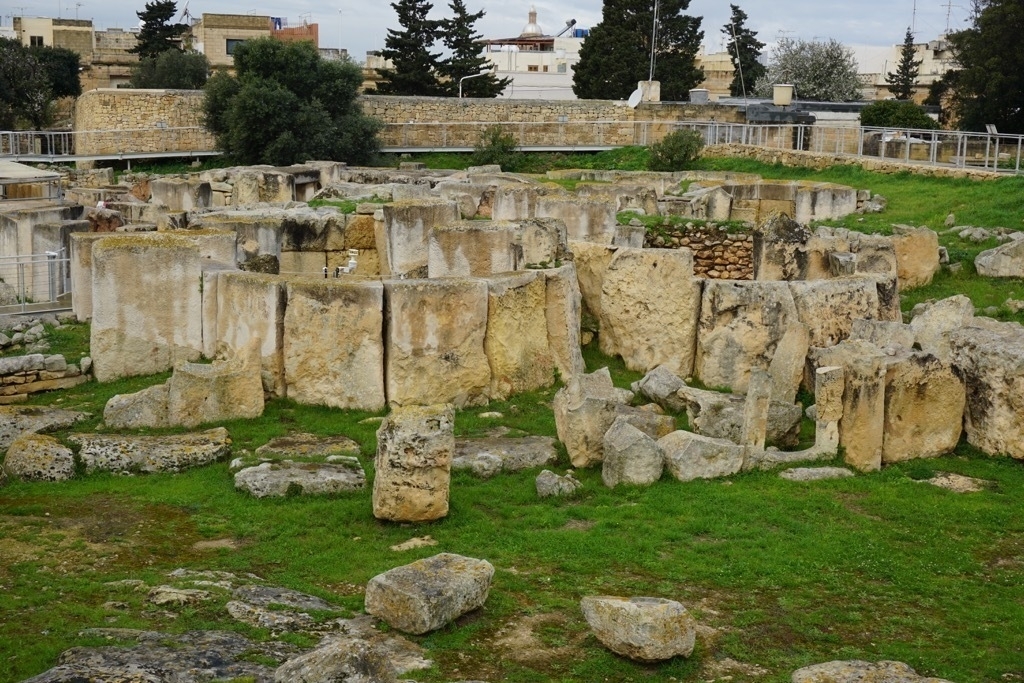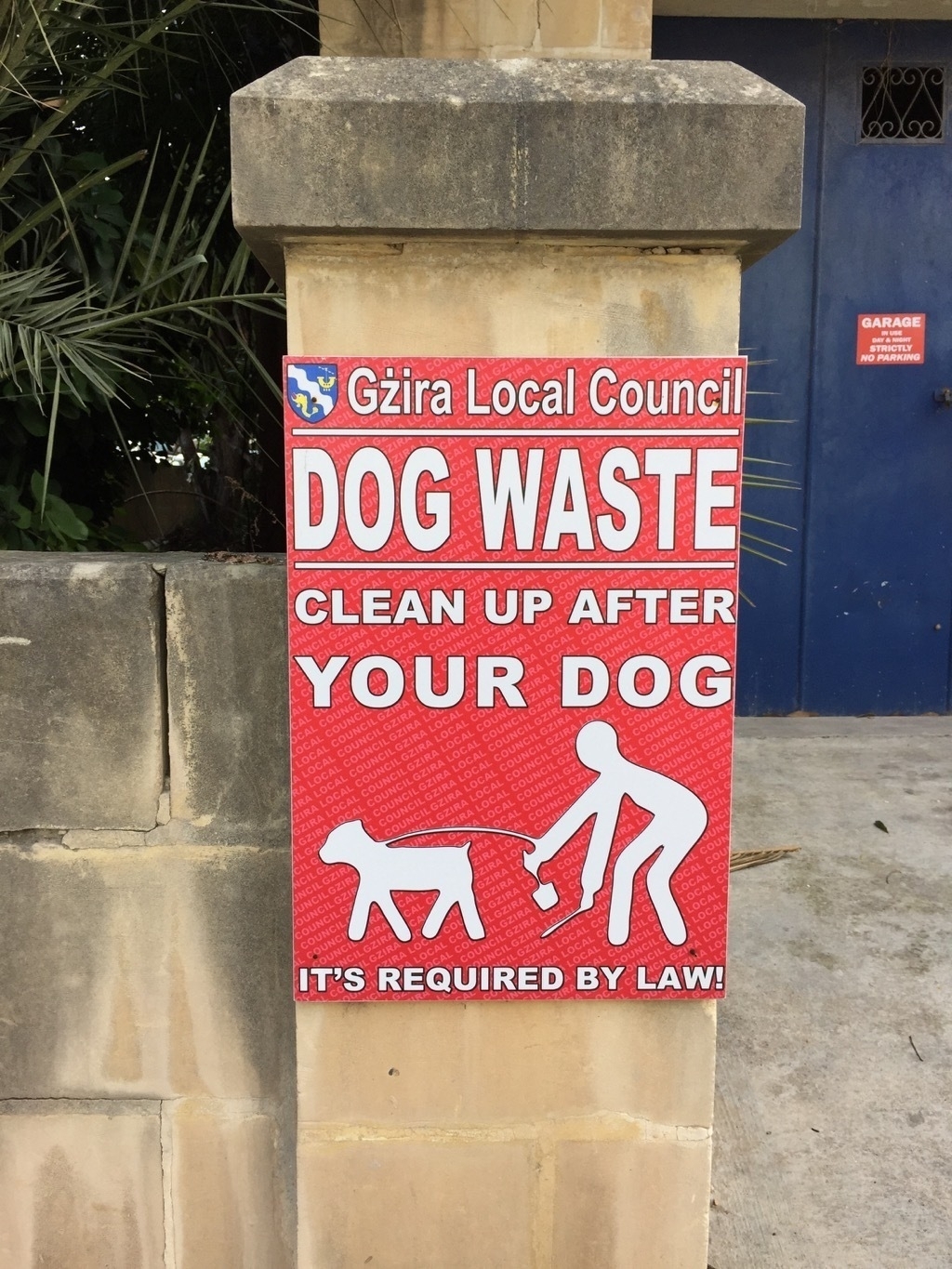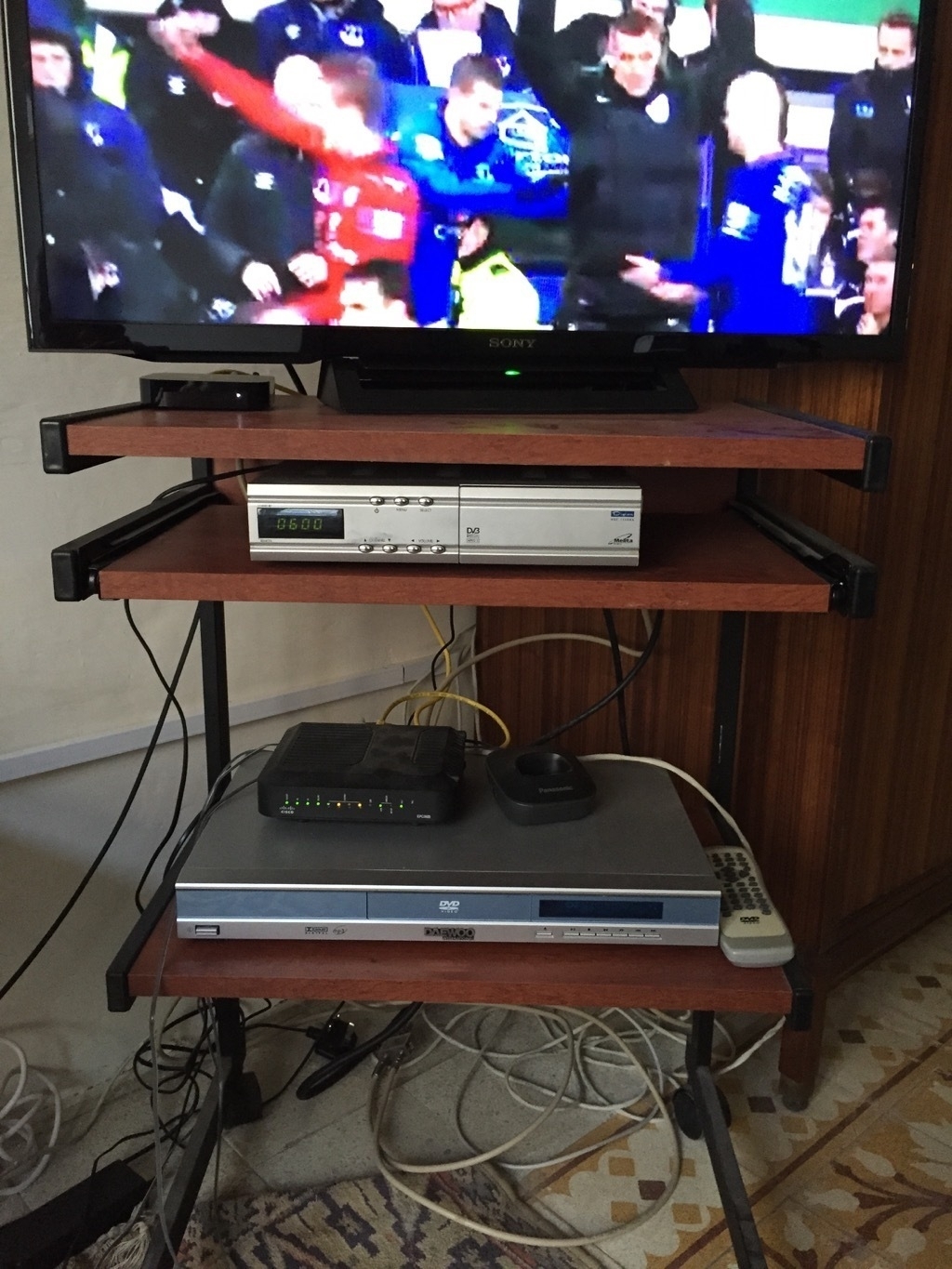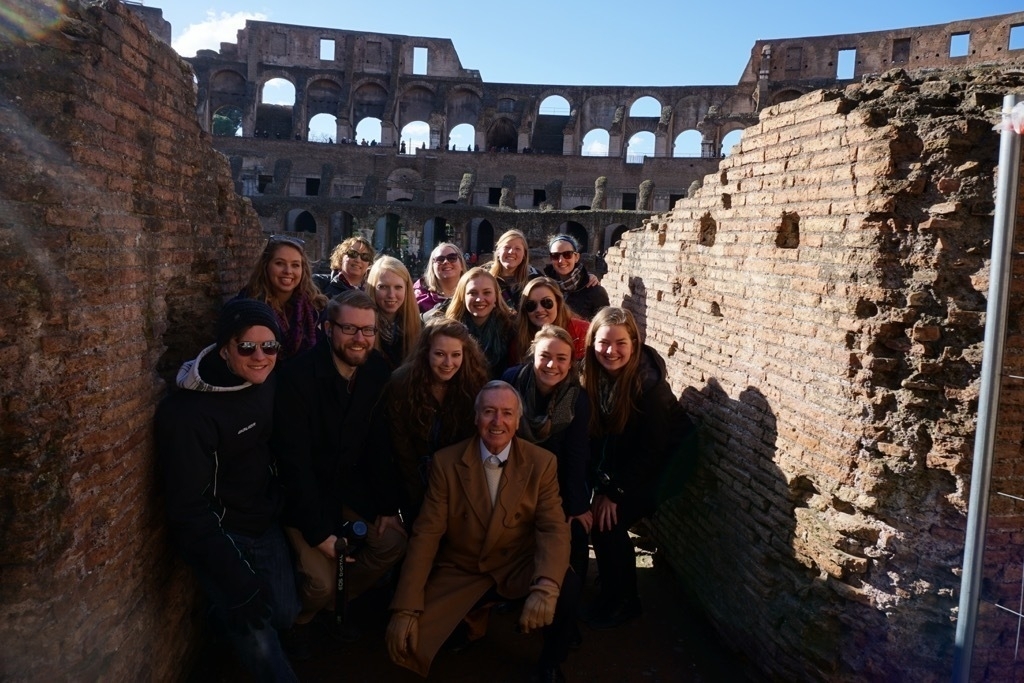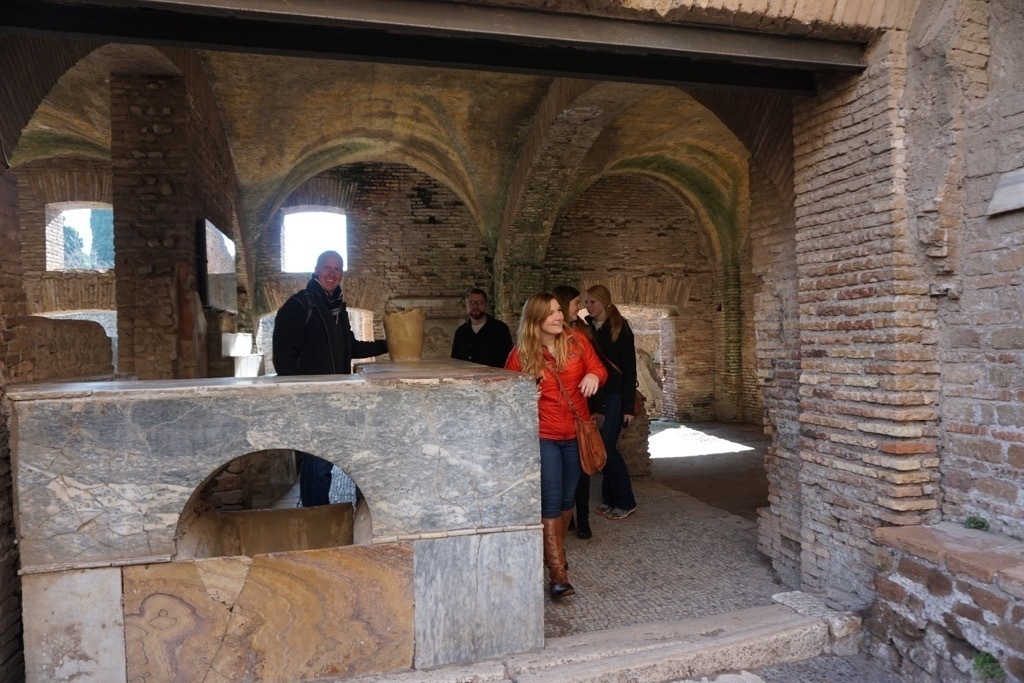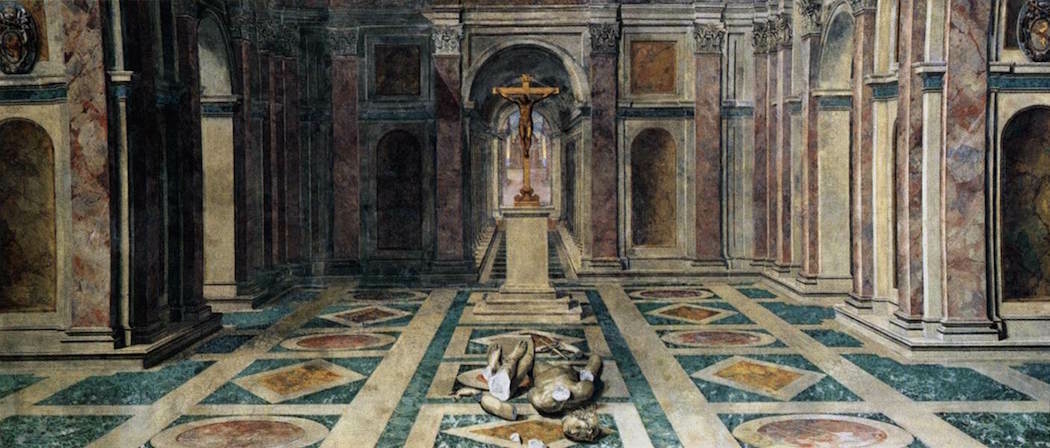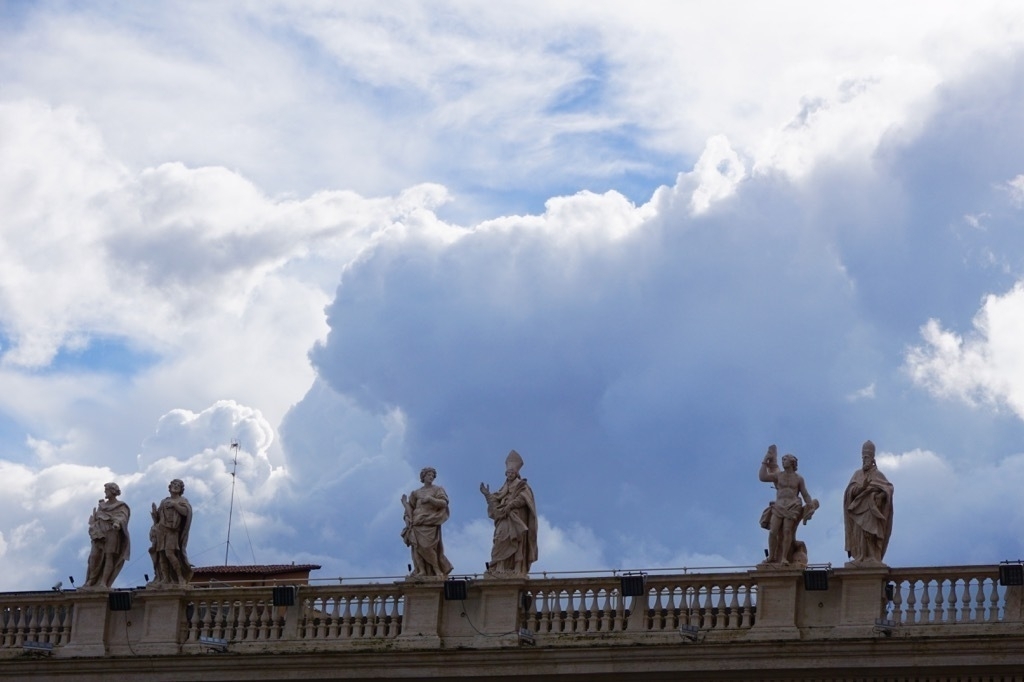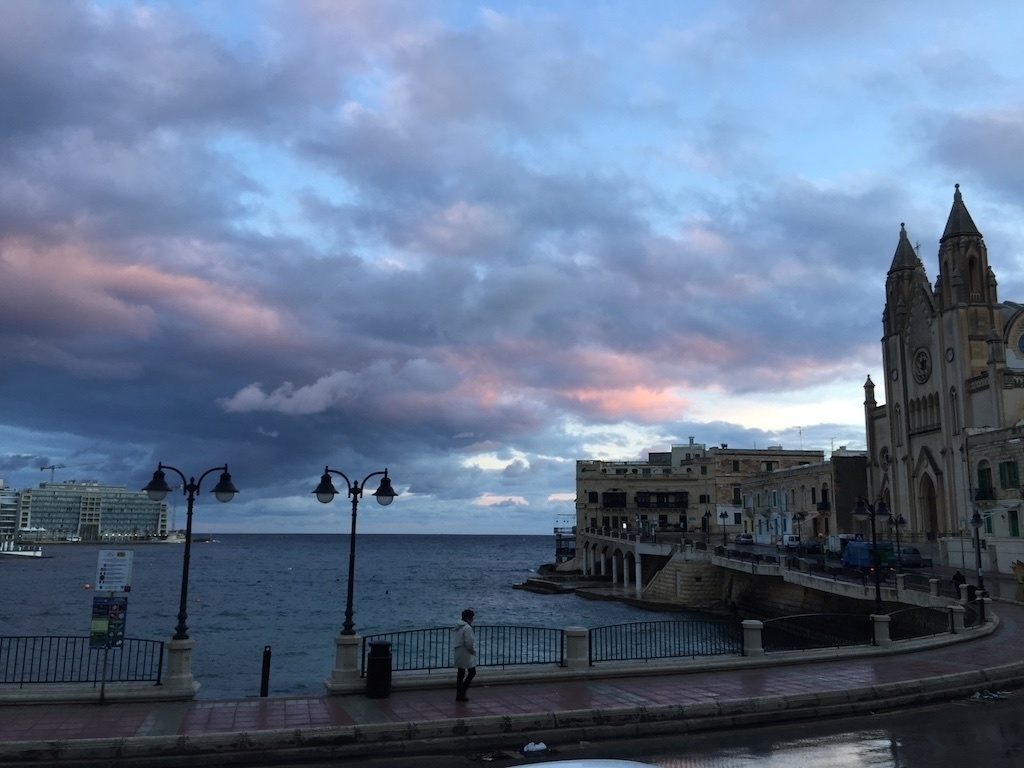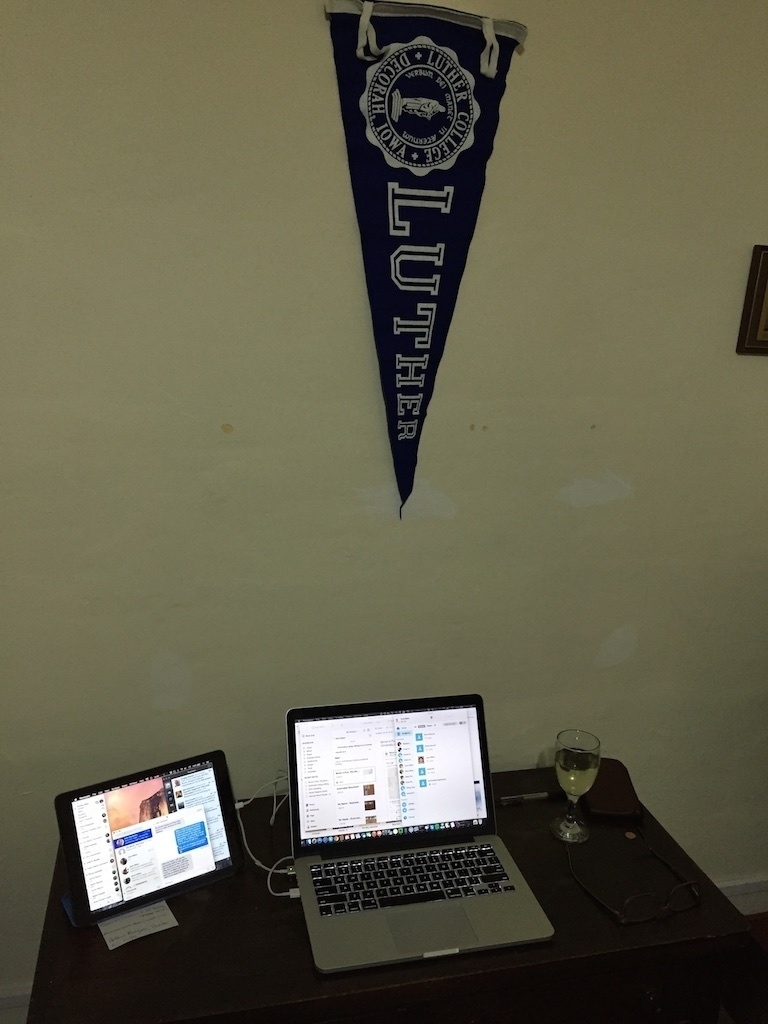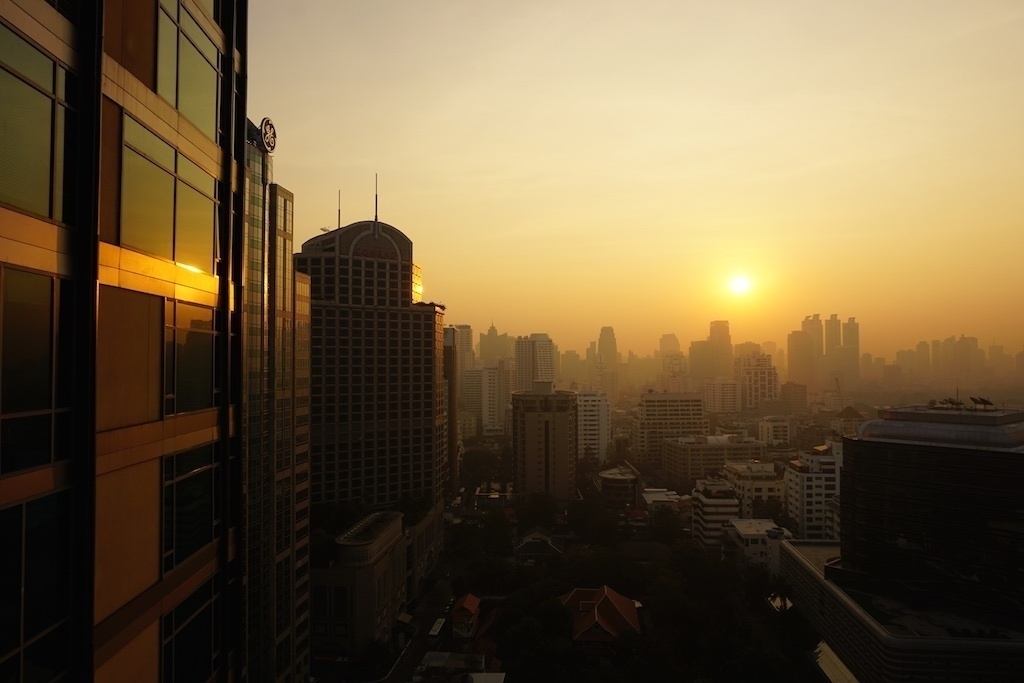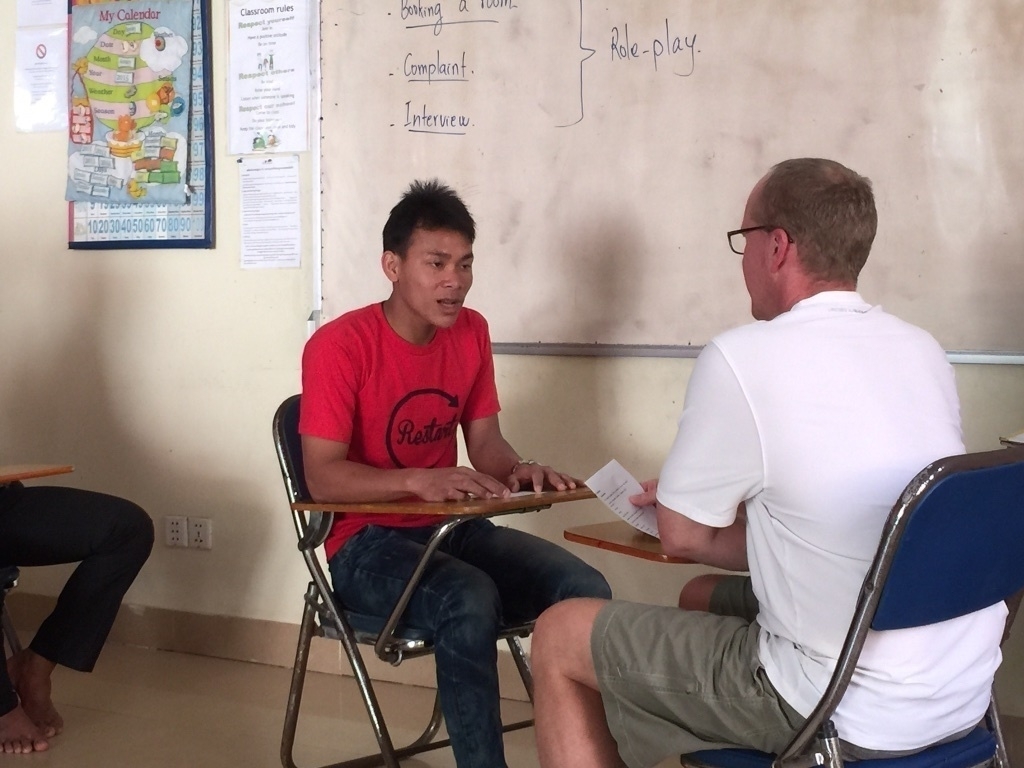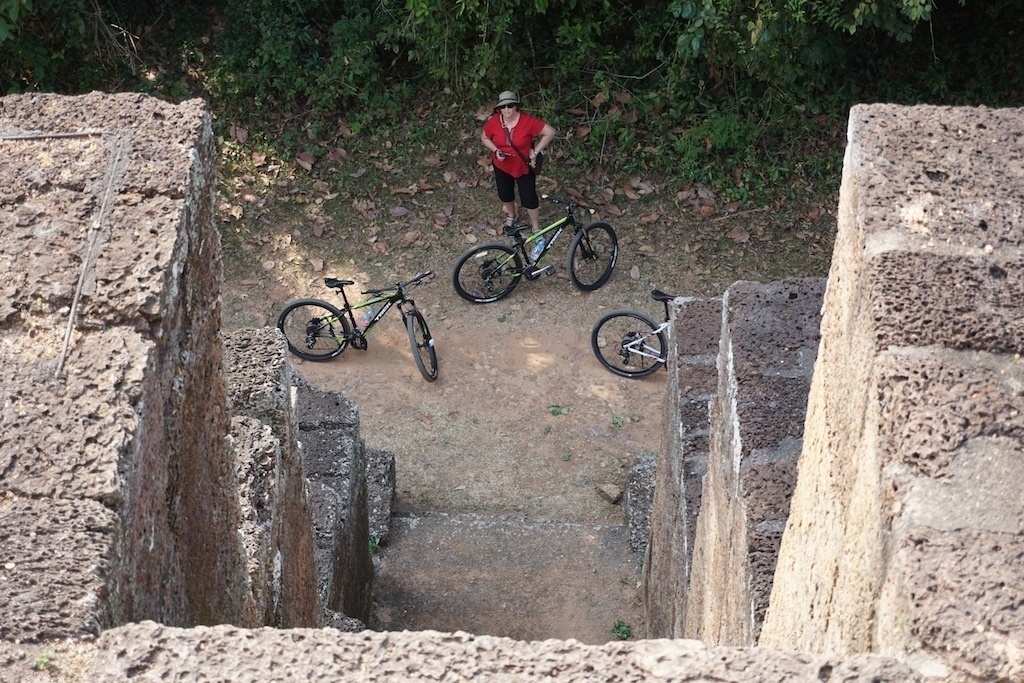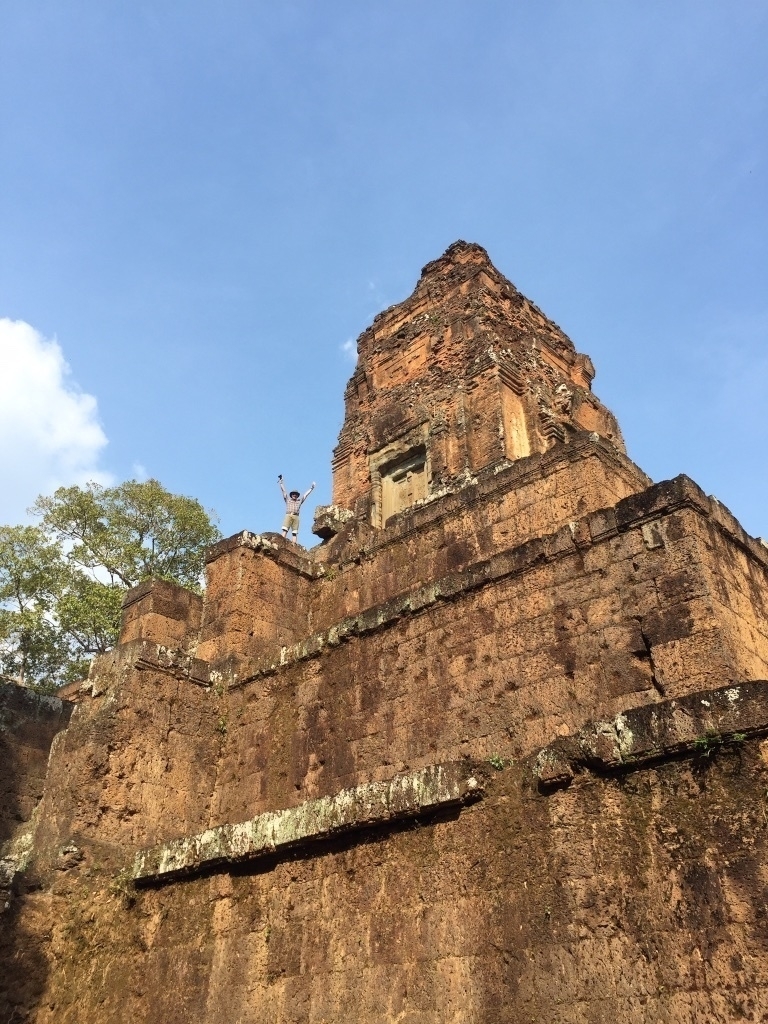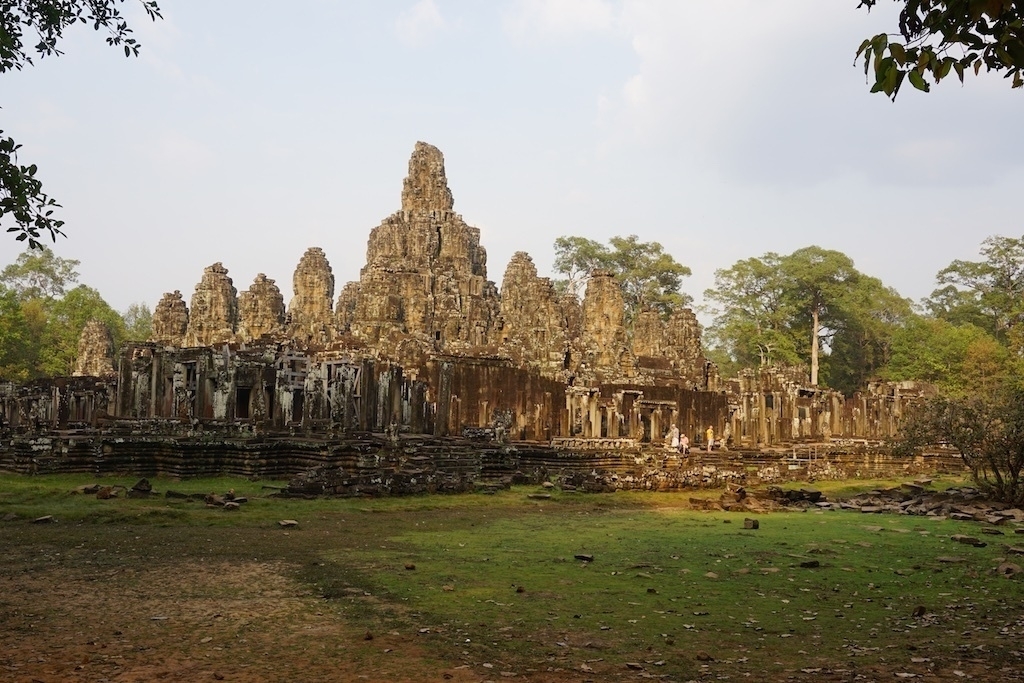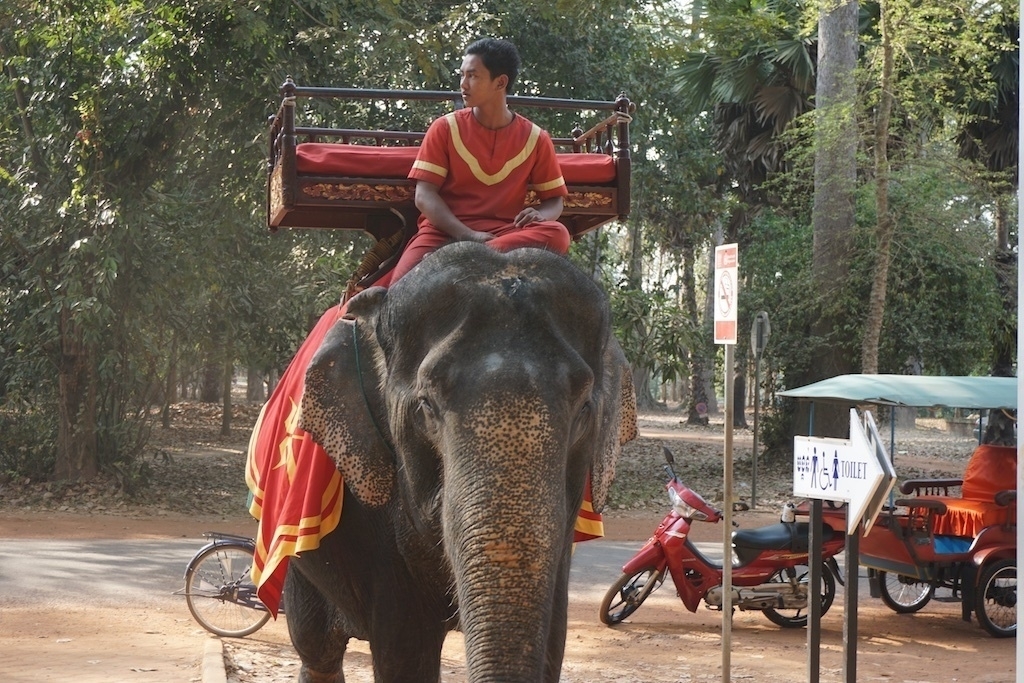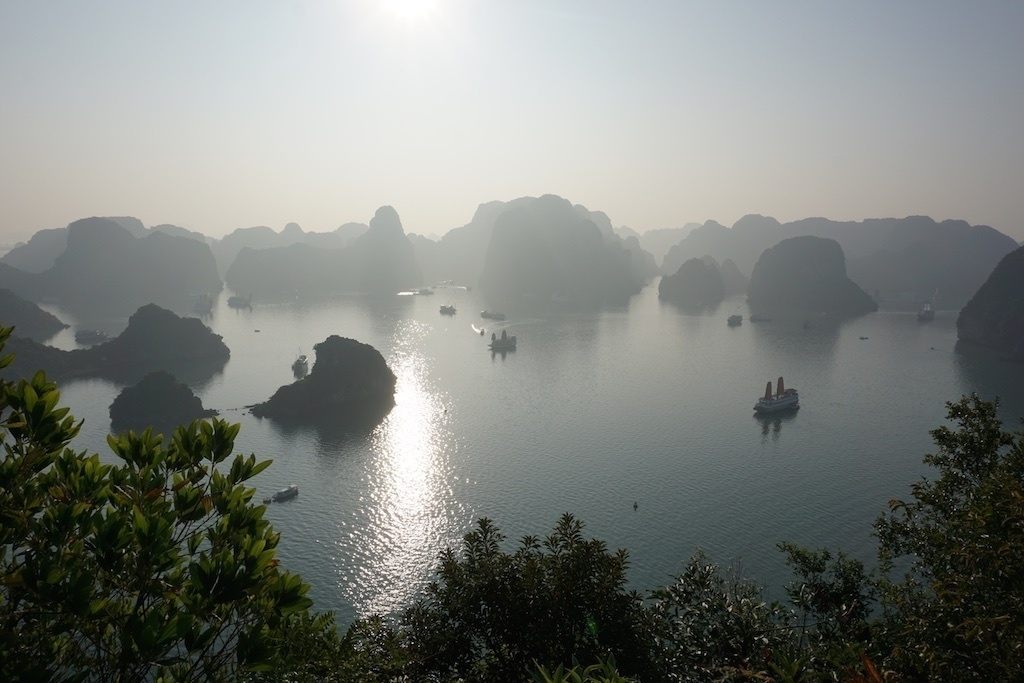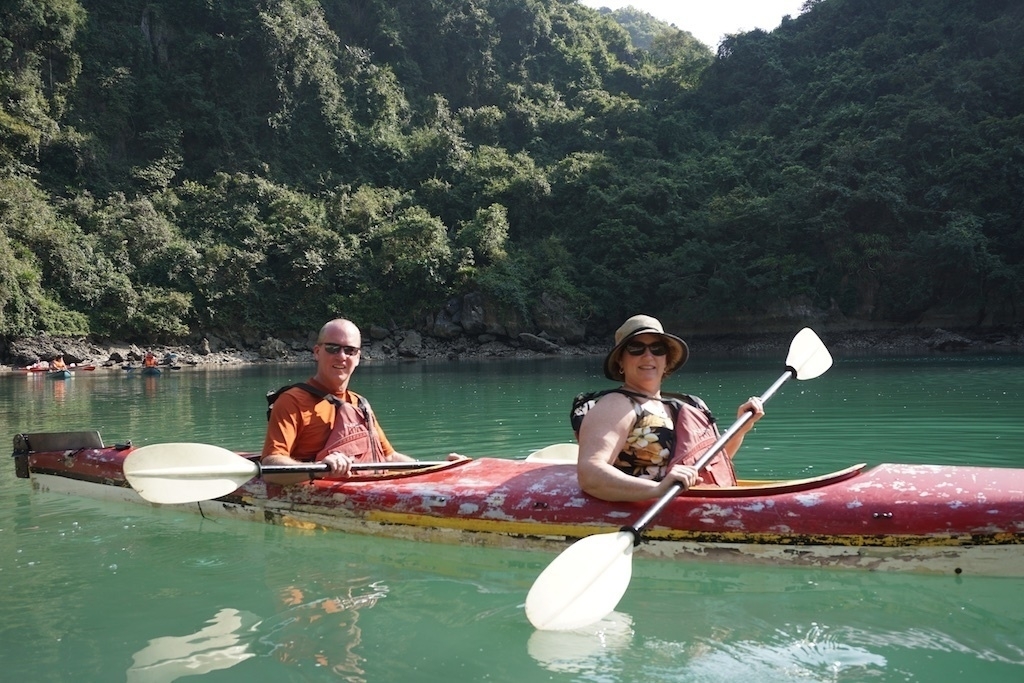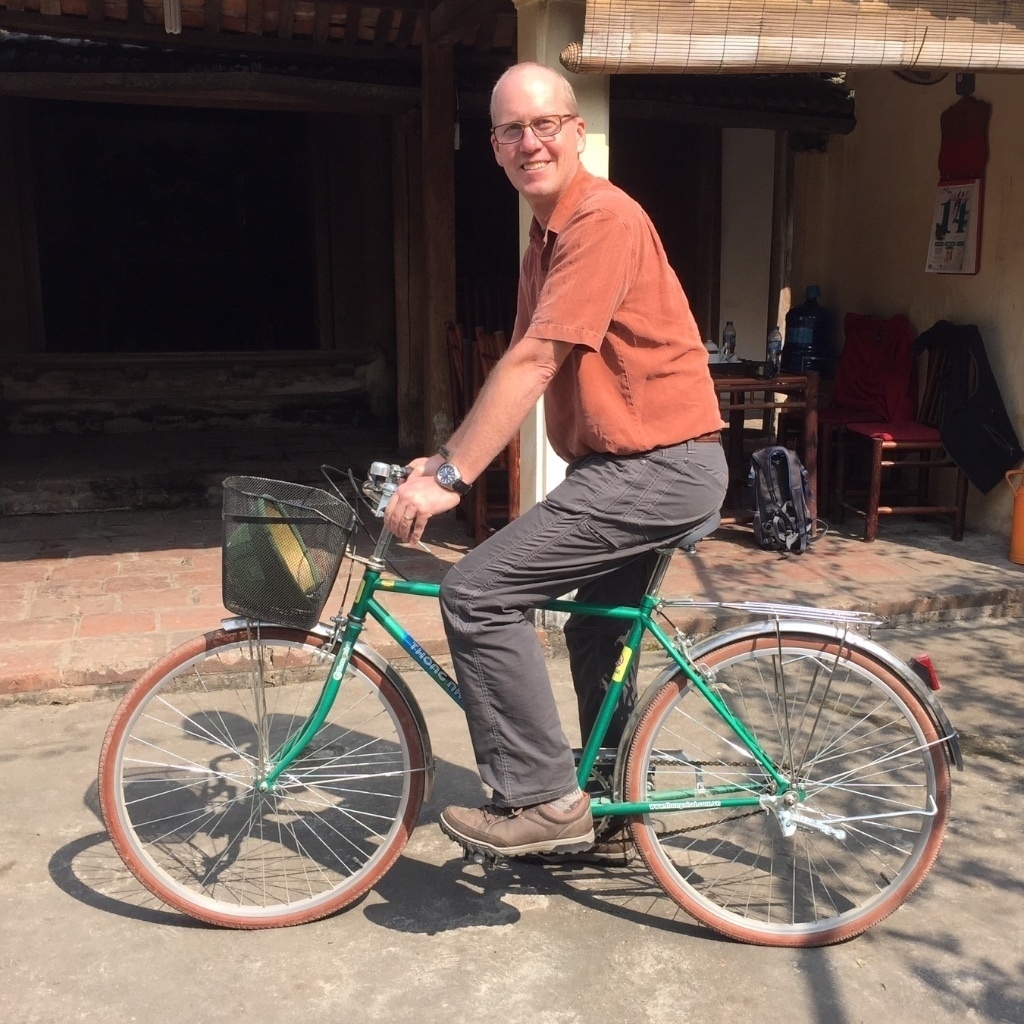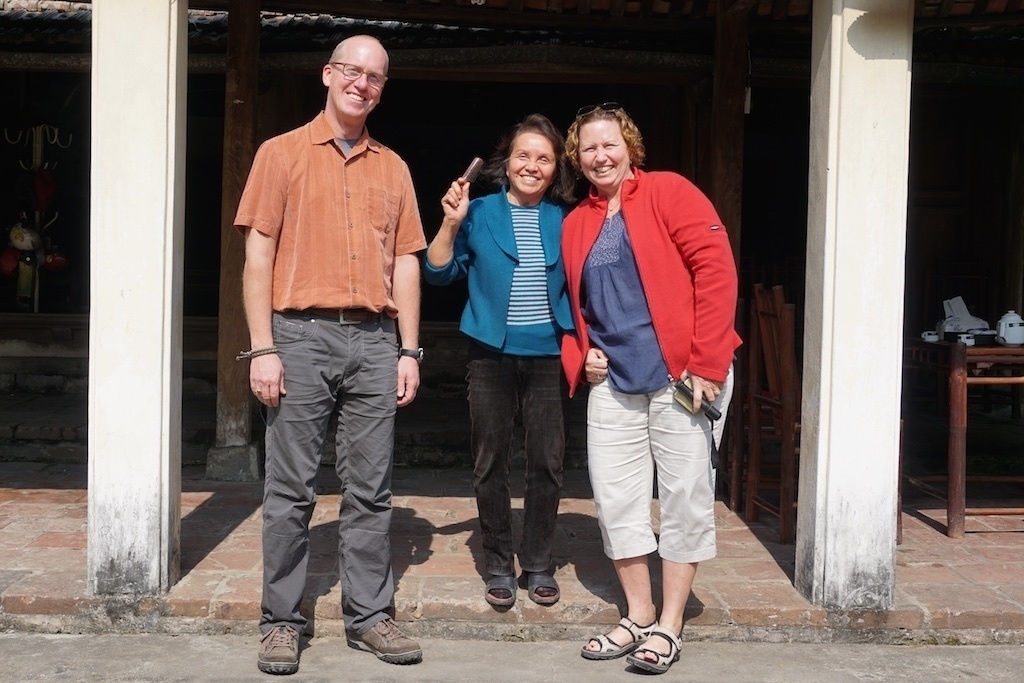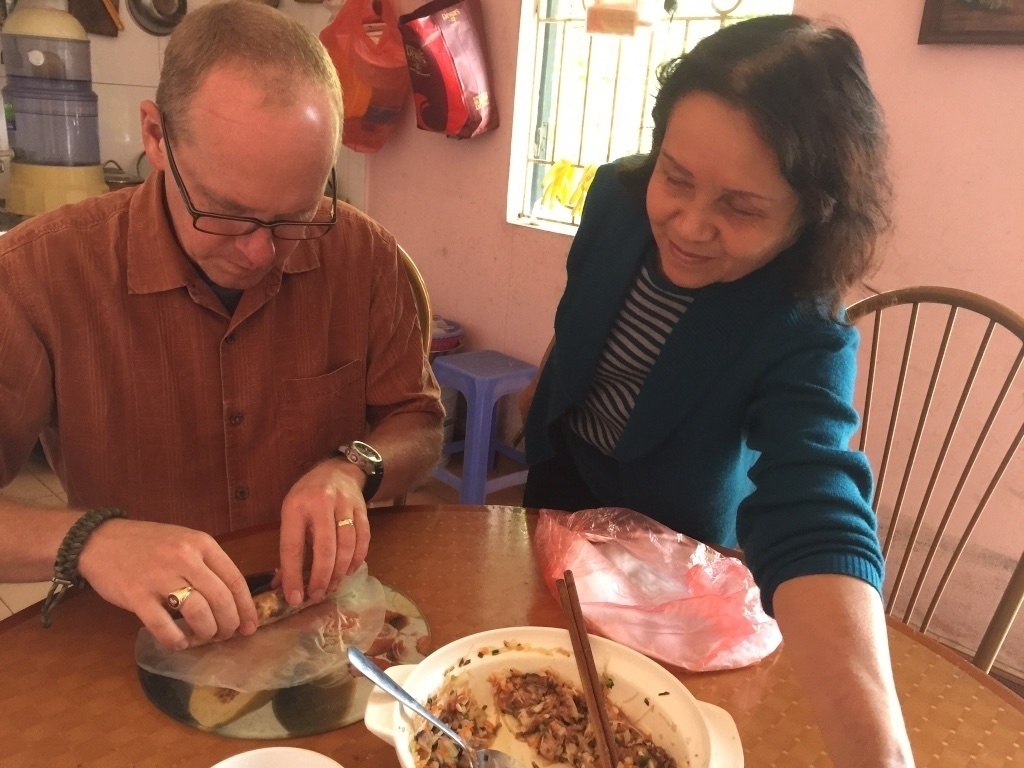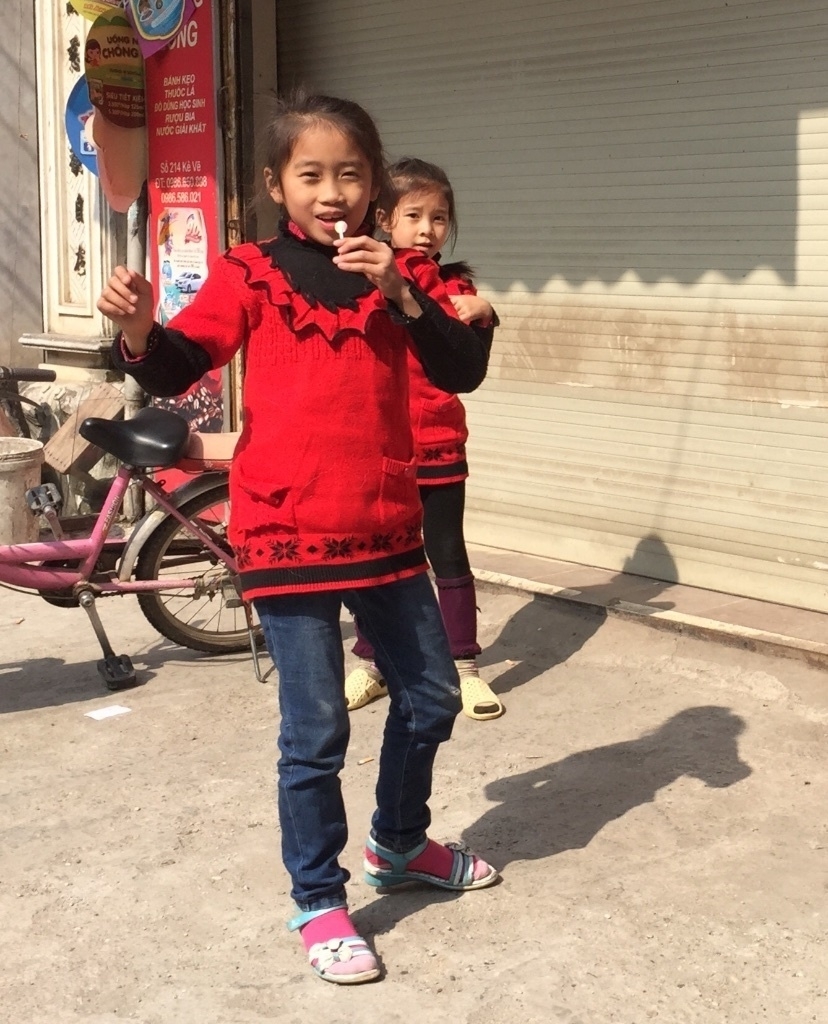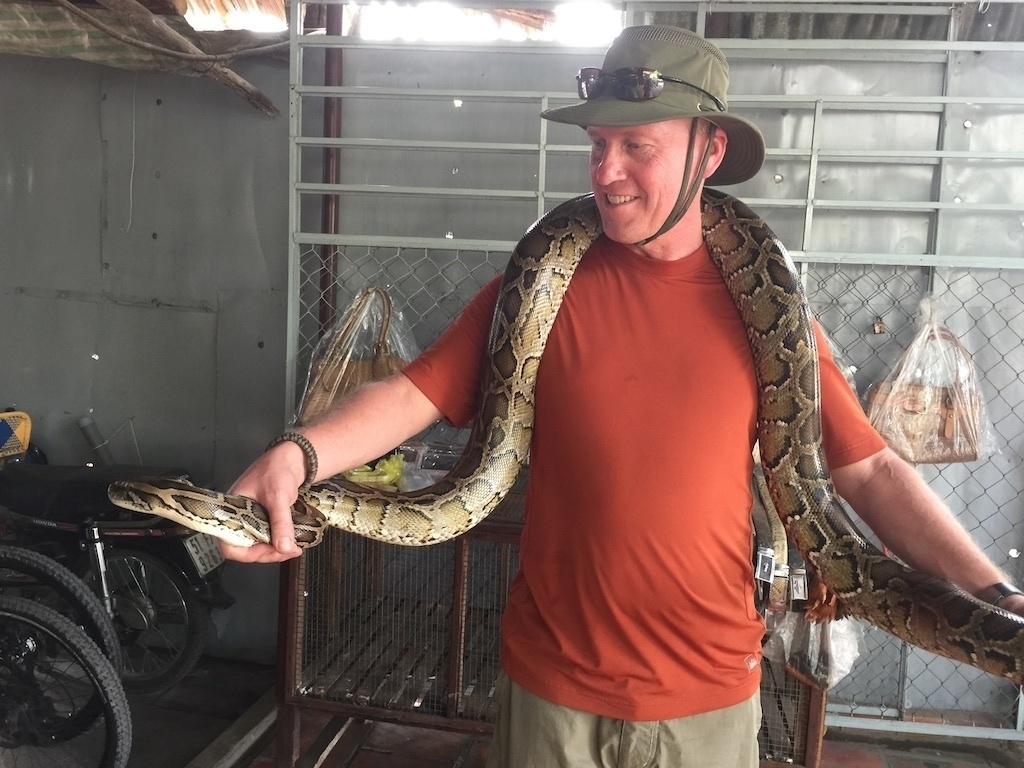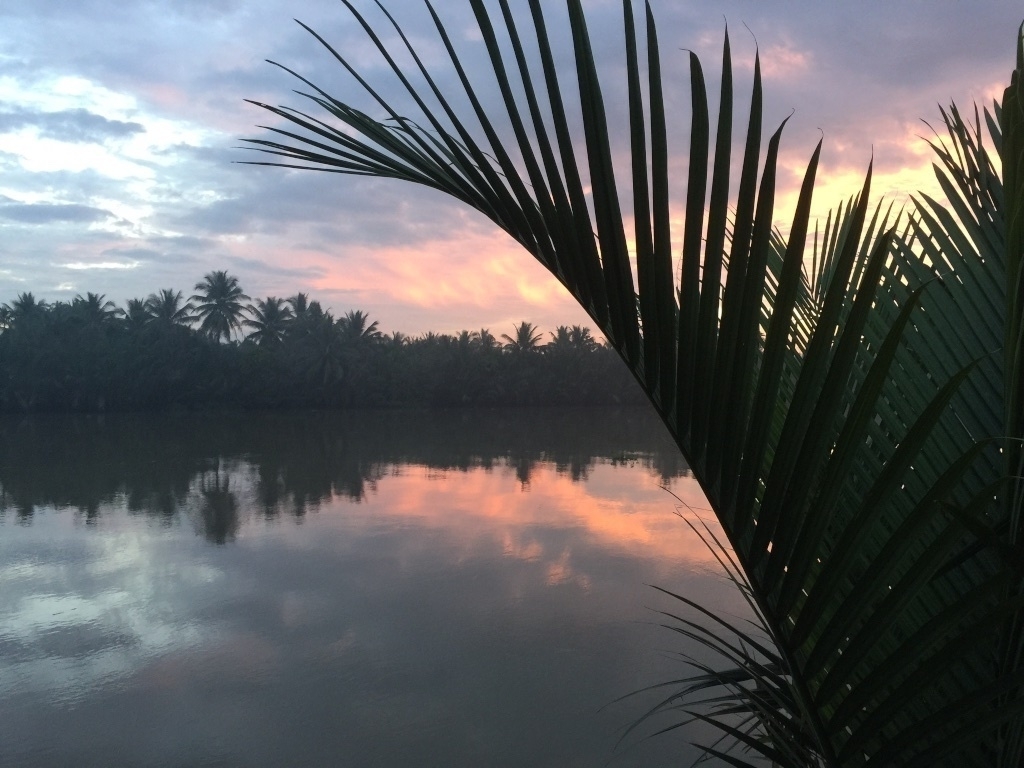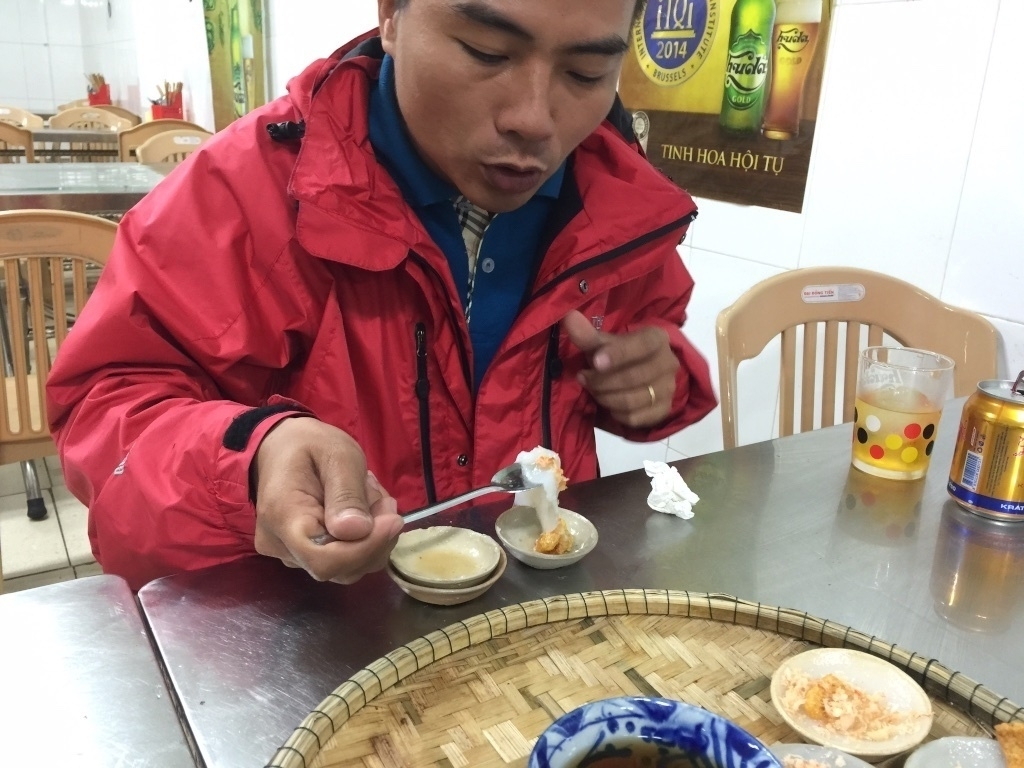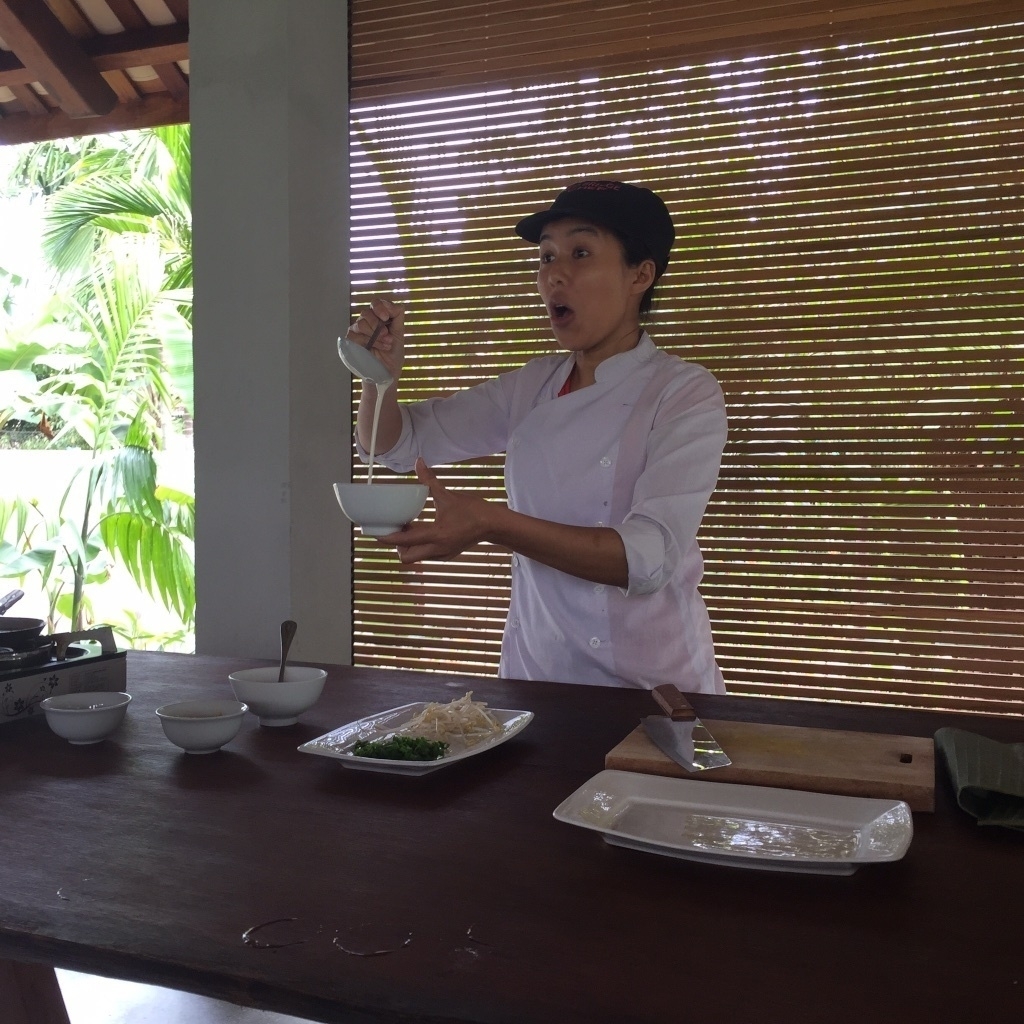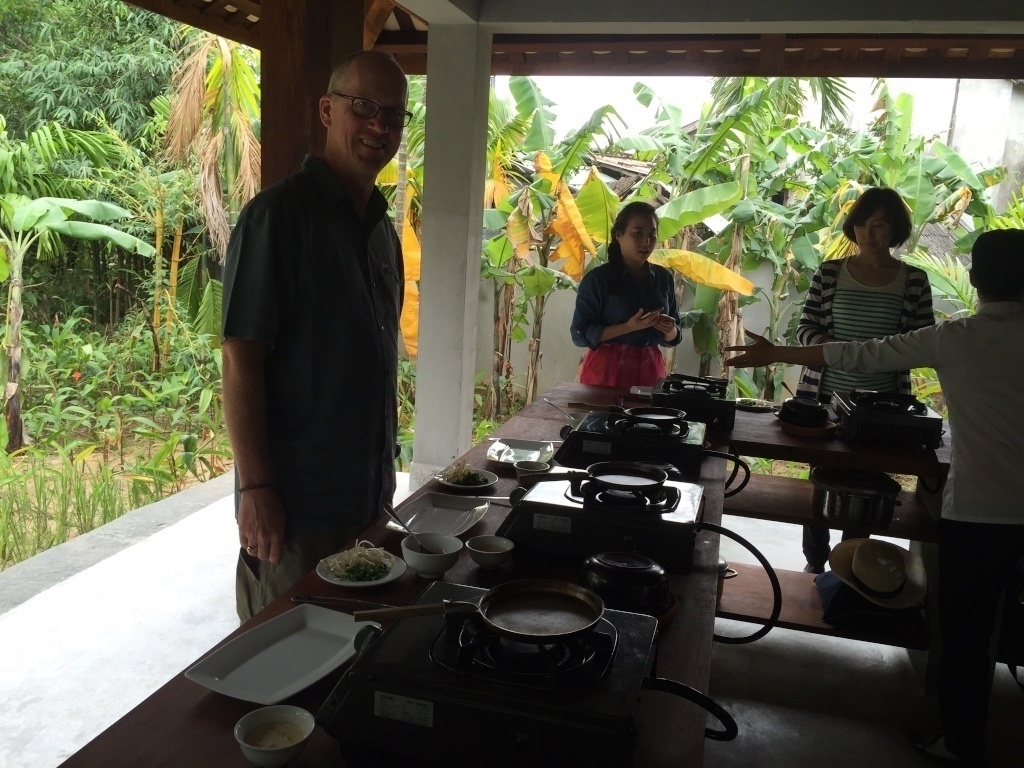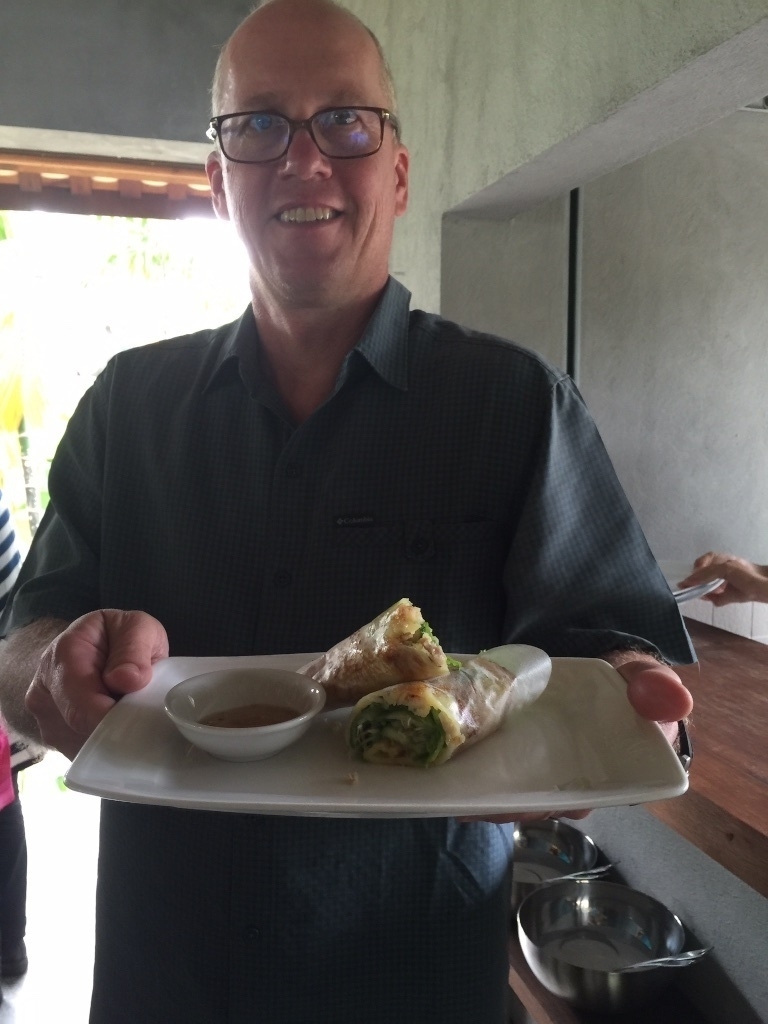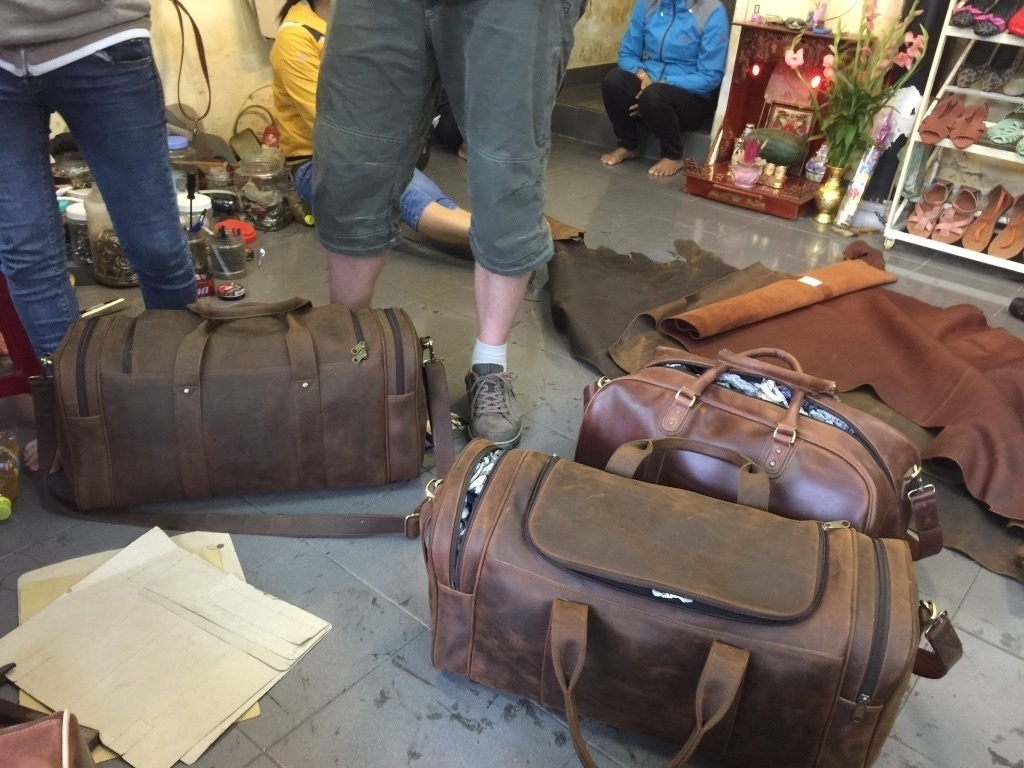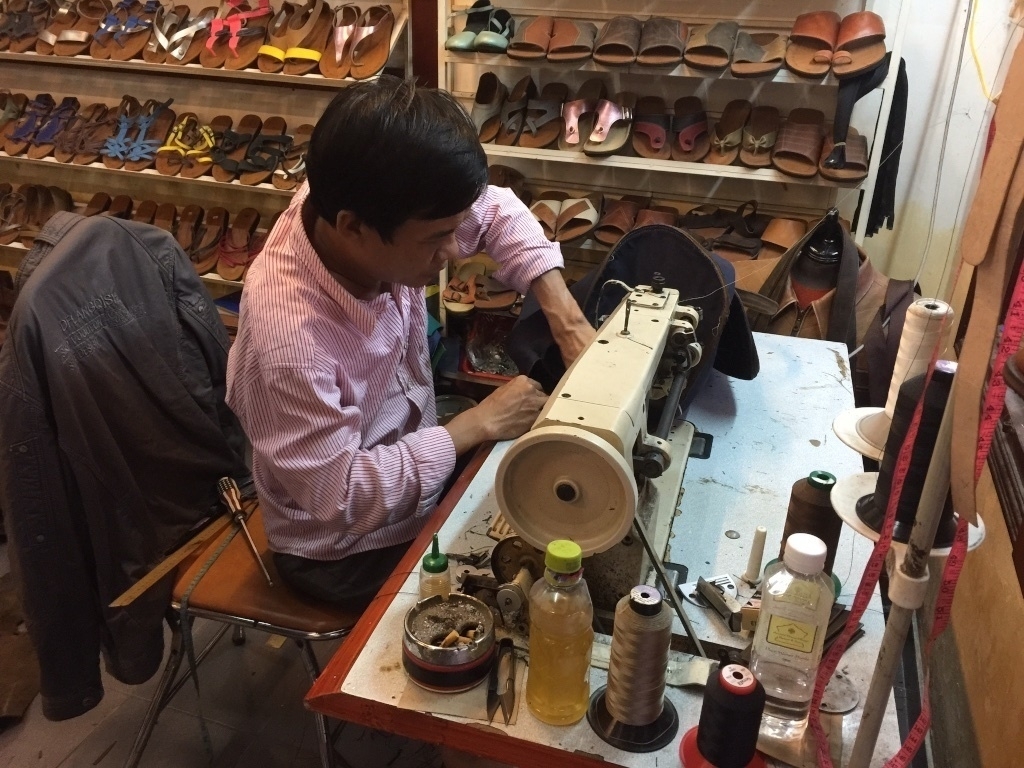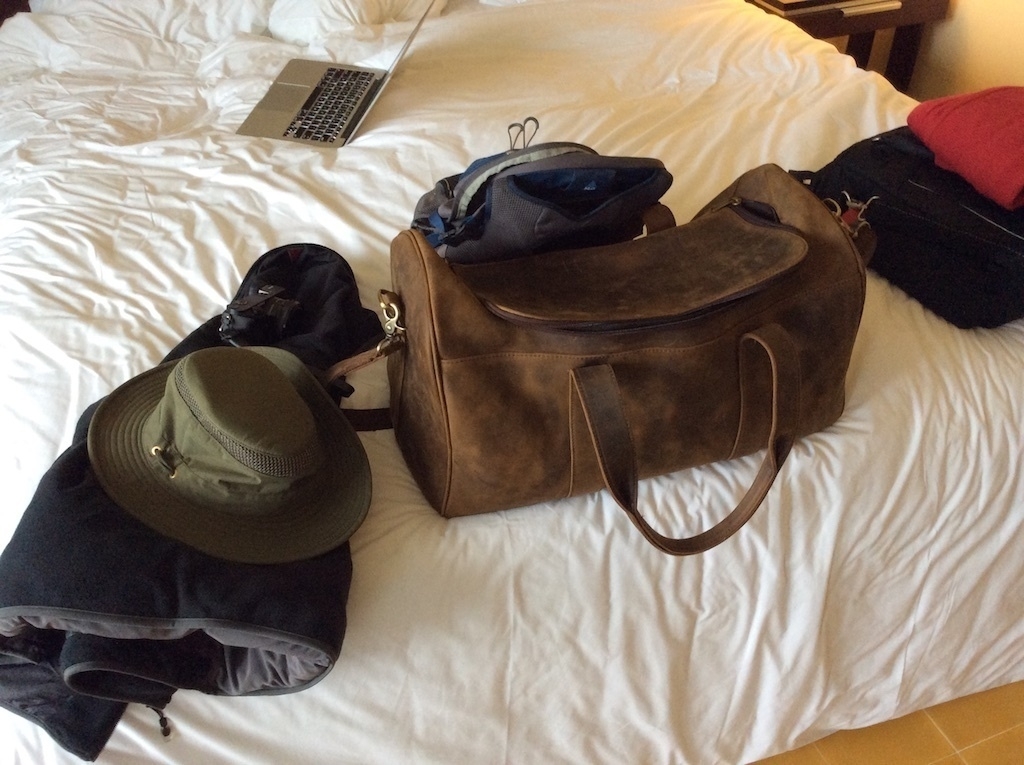Lost in the Souks
Lost in the Souks
As I dropped Jane and Tricia off at the spa for their pedicure the young man at the door said with a grin, “I’ll give you 20 camels for your daughter!” Oh crap, I thought, not another session of haggling!
Not my daughter I said.
Oh, no problem, then 20 camels for her and 20 camels for you.
Great, I have nine more like her! I’ll be back later.
We shook hands laughing and parted ways. Such is the life in the Marrakech markets. For the record, I’m just kidding Angel, Jenna, Meredith, Meredith, Tricia, Rachel, Erika, Olivia, Katie and Emma! I would hold out for at least thirty camels a piece.
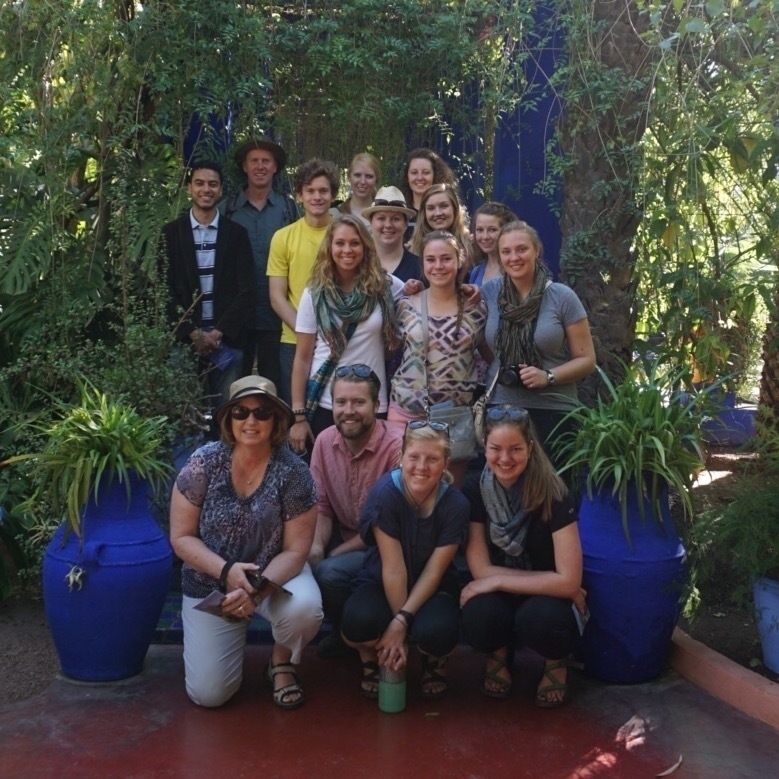
Joking aside, traveling with 10 “daughters.” did present a few challenges. Before we left, we had discussed with the students that Morocco has not come as far in the area of Women’s rights as the United States and many other european countries. This was hammered home for us as we drove into Marrakech and our guide told us breathlessly that in Marrakech we would see something new and very different... (long pause) Women on motor scooters!
Before we left we told our “daughters” that it was important to adopt a more conservative style of dress for this trip. Cover your shoulders, no tank-tops and no short-shorts we said. And they all followed this, although next time I would explicitly add running tights to my list of items to not wear. We heard a few mutters from our students as we saw female tourists from other countries in revealing outfits. Nevertheless, our daughters stuck out, the long blond hair, and blue eyes (and, unfortunately, the running tights) were a real attraction for many of the local young men.
We learned that sixteen year old boys are idiots no matter where you are in the world. One night a group of boys followed five of the daughters back from a restaurant. Although they said they were not in danger, it was definitely an uncomfortable situation for them to be ogled and followed down the narrow dark streets of the medina by this small group. Other times we all heard the whistles or moans and comments from men of all ages as the group walked by. When you walked in the back of the group it was painfully obvious to watch the heads turn and stare as the group went by. I’m hoping that some of them will write about this from their own perspective in their journals or blogs and that we can have further conversation about this back in Malta.
Today is our last day of traveling with the students for the Malta Easter break. Tomorrow we go our separate directions. The students to Amsterdam, Belgium, Germany, England, Greece and the Czek Republic. Jane and I to southern Spain.
It has been an amazing trip, Morocco is surprisingly beautiful at every turn. We have learned a lot about this country, its history, its culture and its people. The people are cheerful, and as you can see from the exchange above they have a great sense of humor.
Nowhere is that sense of humor more evident than in the Souks, the great marketplace of Marrakech. They say that you haven’t been to Marrakech if you haven’t gotten lost in the Souks. So, we did. There are thousands and thousands of small shops, all arranged in a twisty maze seemingly designed to draw you deeper and deeper so that you have to pass by even more shops to get out.
There are leather shops, wool and agave silk dyeing shops, wood shops, copper and silver shops, shops with tagines of all shapes and sizes. Nothing has a price on it of course, which is what makes the whole thing such an adventure. You have to be careful about even looking too hard at anything or the shop keeper will come up to you and draw you into the store, if you ask the price, you must be prepared for something beyond anything you are willing to pay.
We were offered “student prices,” “democratic prices,” “special price for friends from America prices,” and more. Its all part of the game. leather bags and purses that started out at over one thousand durhams could be had for 250 to 500, depending on their quality and the willingness of the bargainer to simply walk out of the shop and leave the poor shopkeeper looking sad.
- We were coached:
I make you a price now you make me a price. What if I don’t want this? Its ok, we will still be friends. Now make me a price.
When Jane came back with an offer that was too low on a purse the shopkeeper was deeply hurt and began to put all of the stuffing back in the purse. “For that you can buy a camel purse.” A few moments later when one of our students volunteered her to come up 50 durham (about \$5), the sale was cheerfully closed, and we were all friends again.
We had demonstrations of quality. Lighters held up to leather, “if this was camel leather it would burst into flames, but this is good cow leather.” fingers were licked and run across the died leather, to demonstrate that the color did not in fact come off when the leather got wet.
We had another seminar on spices and their medicinal properties of varous spices and aphrodesiac properties of various herbs. “Except for you,” she said to one of the young men in our group. “You don’t need this!” This time the seminar ended with extra large shopping baskets being passed out to everyone. Then she started over going through each item again with a chance to purchase. I have a nice package of Nigella seeds that will clear my nose and help my asthma. In addition to some nice Morrocan curry and Harissa.

Jane and I are now in the Marrakech airport. The students are safely on their way, and we have a little longer to wait before we can check in and make our way through security. From here we will travel to Seville then Malaga where we will meet our guides for our bike trip for the next few days.


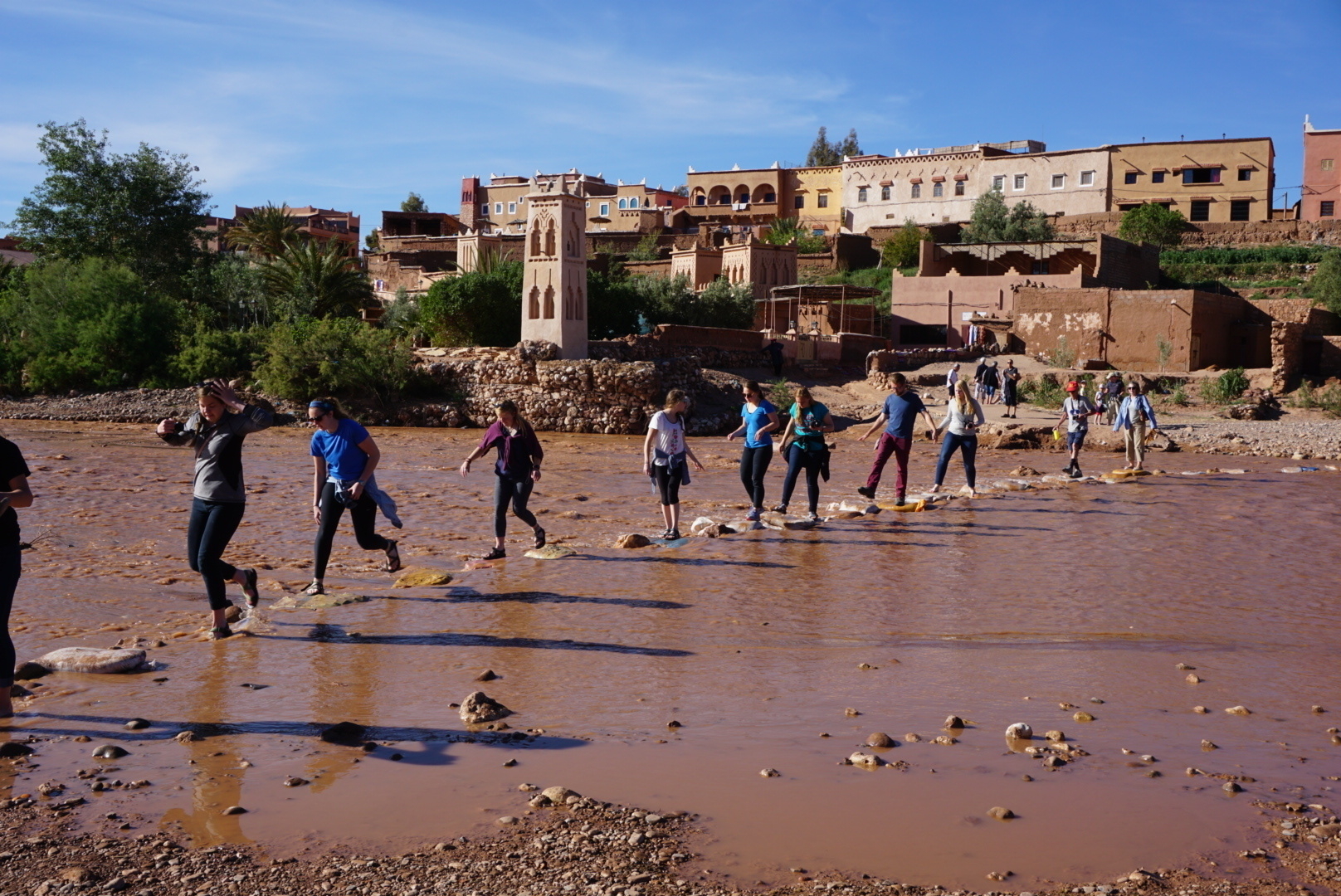
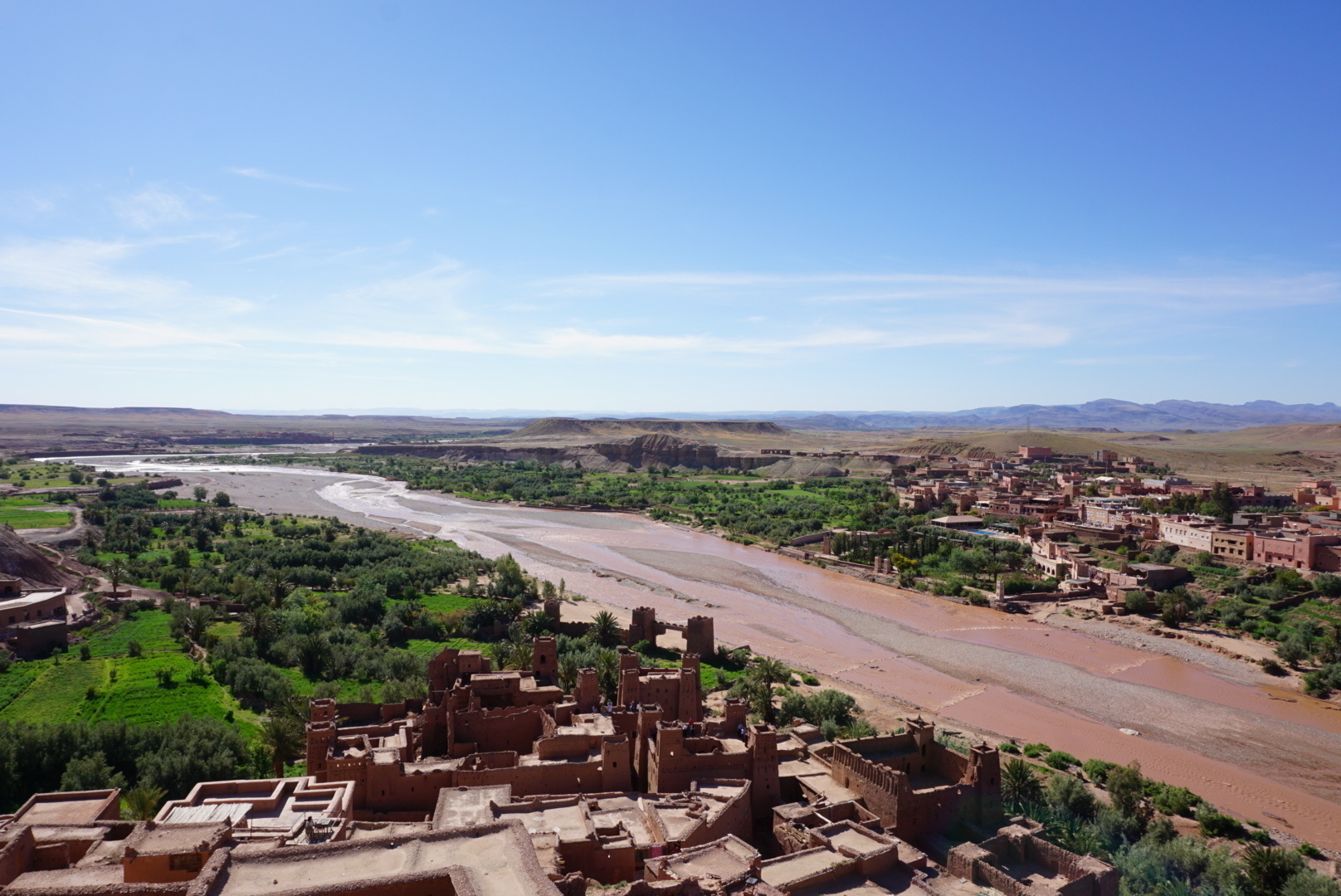
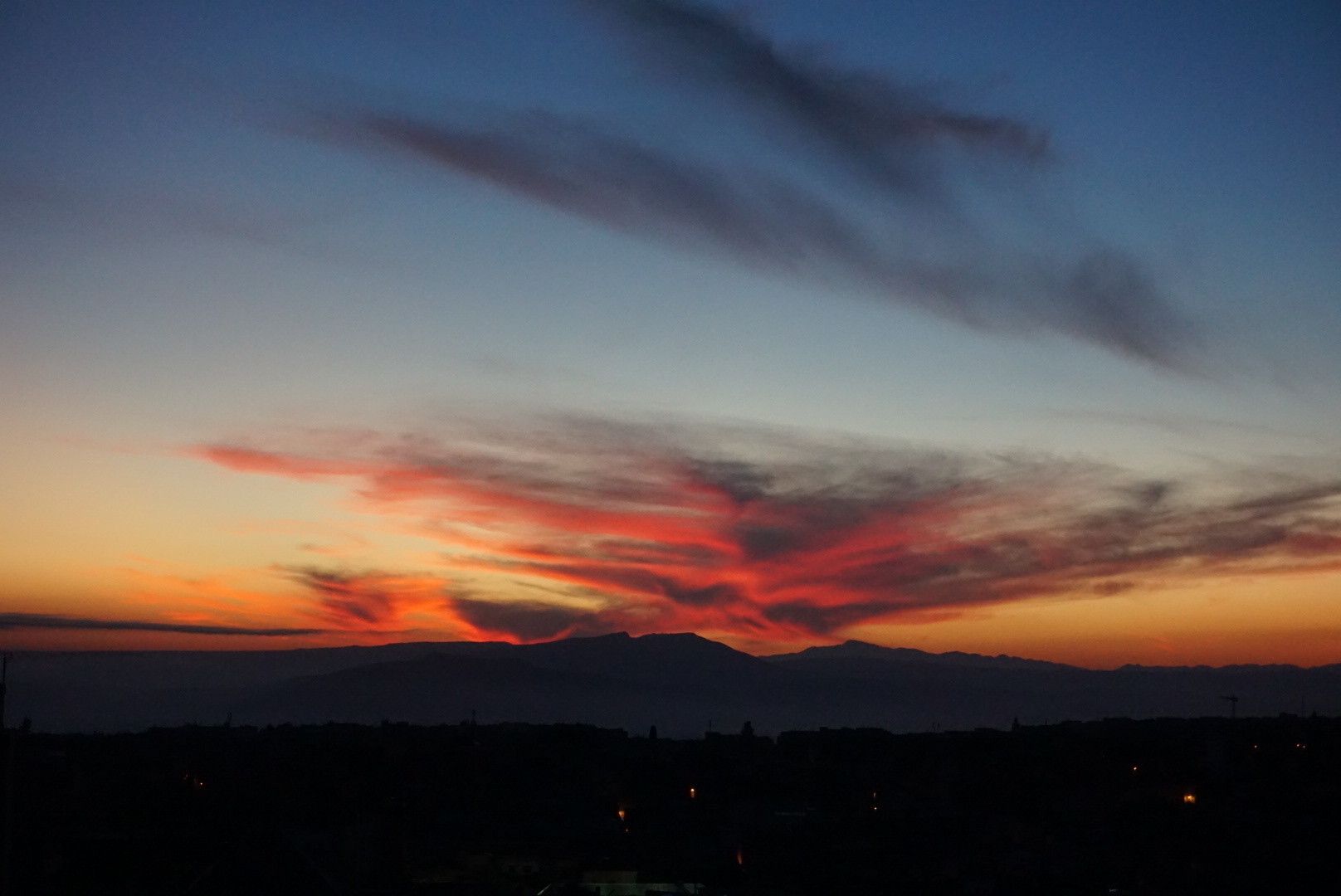
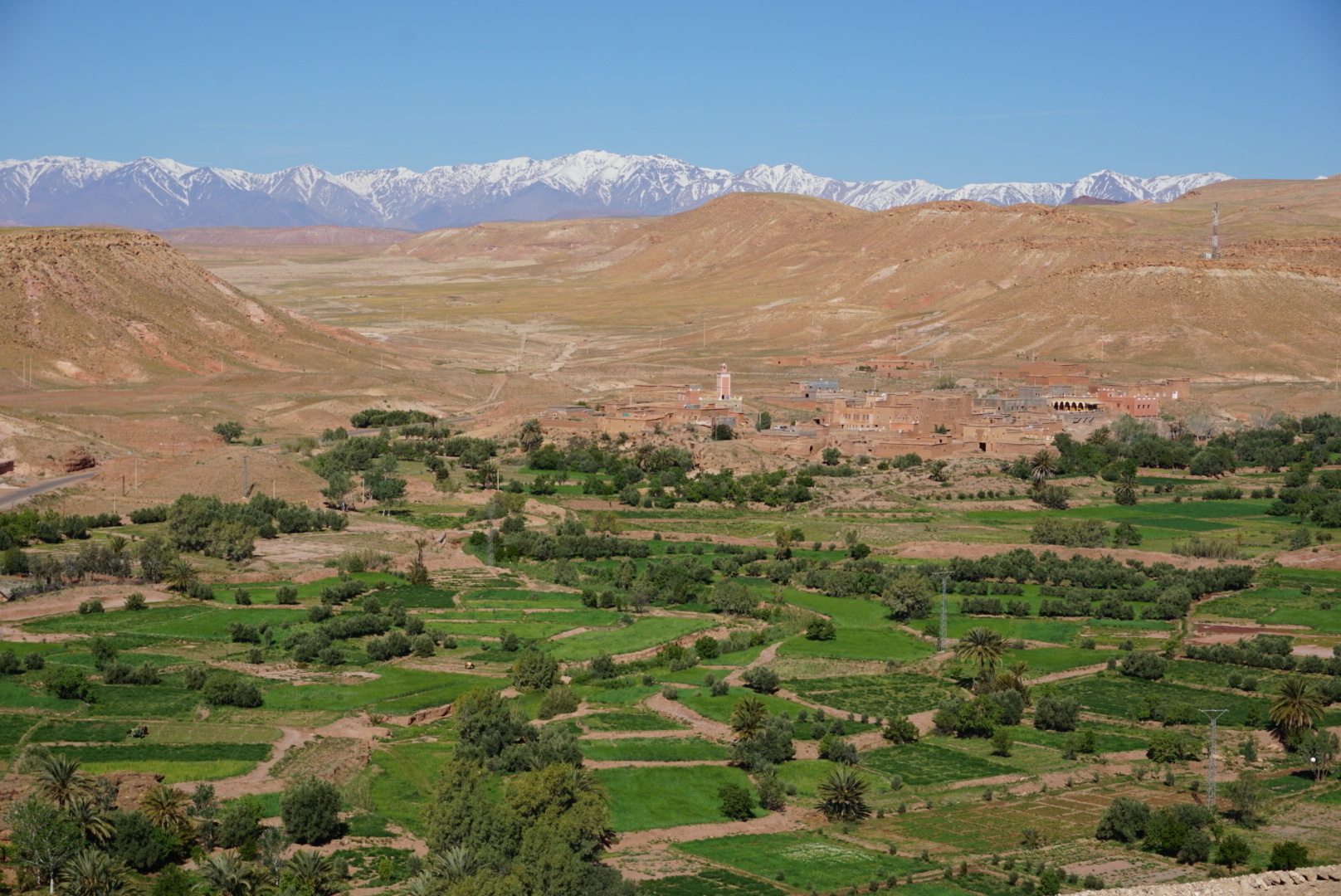 {width=“200px”}
{width=“200px”}

 {width=“200px”}
{width=“200px”}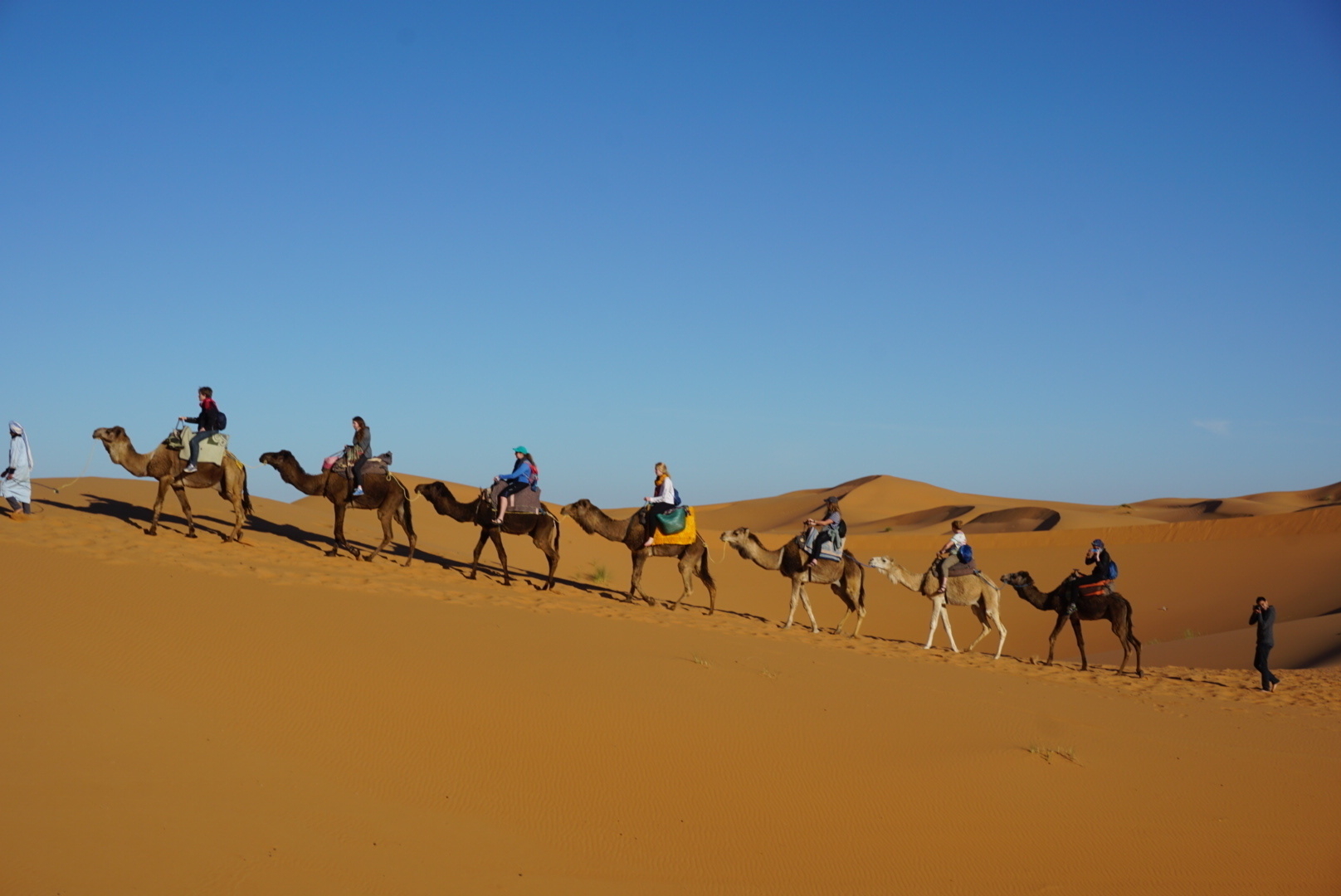
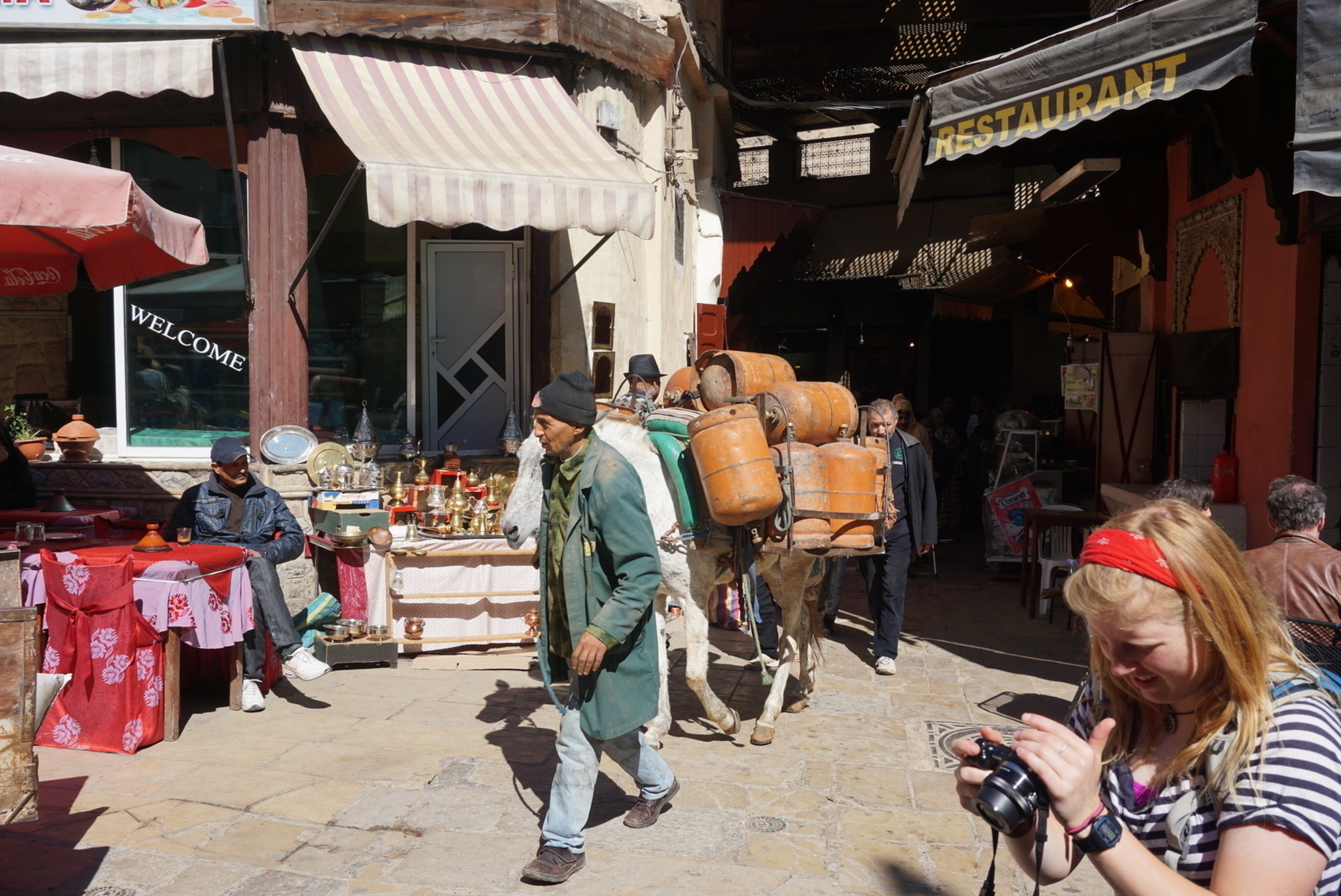
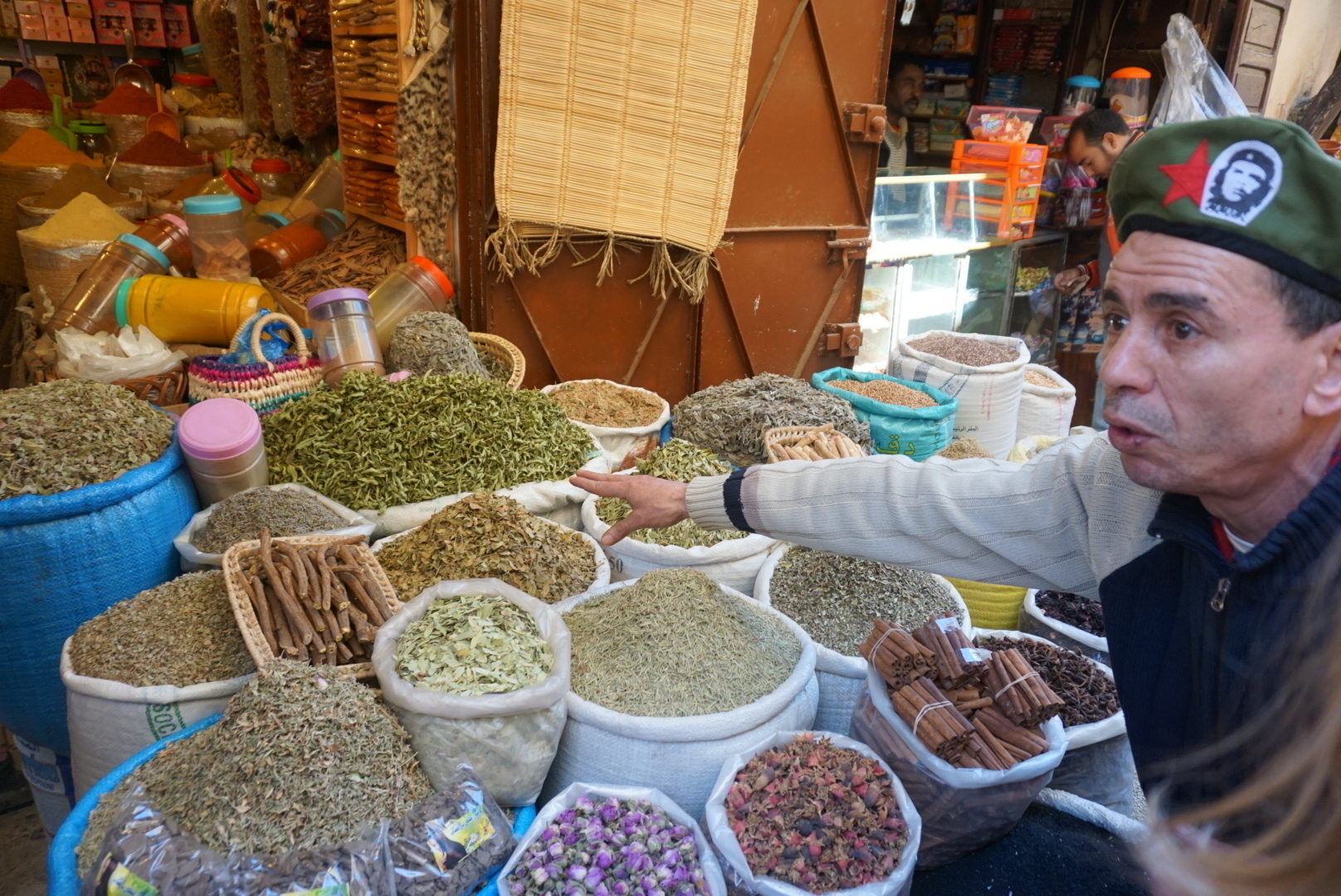
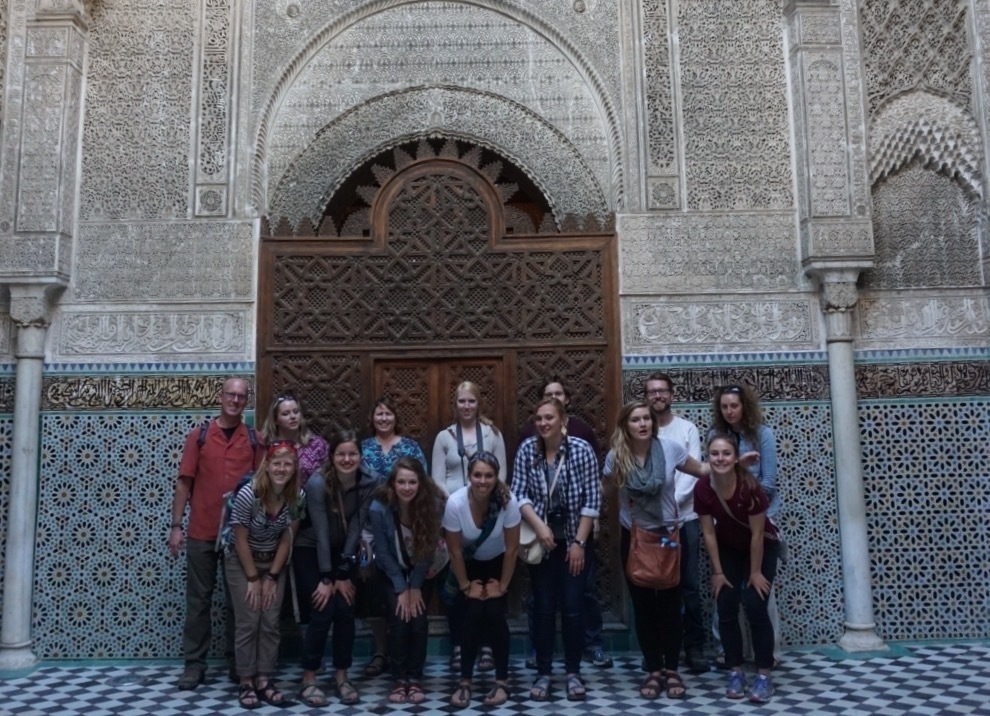


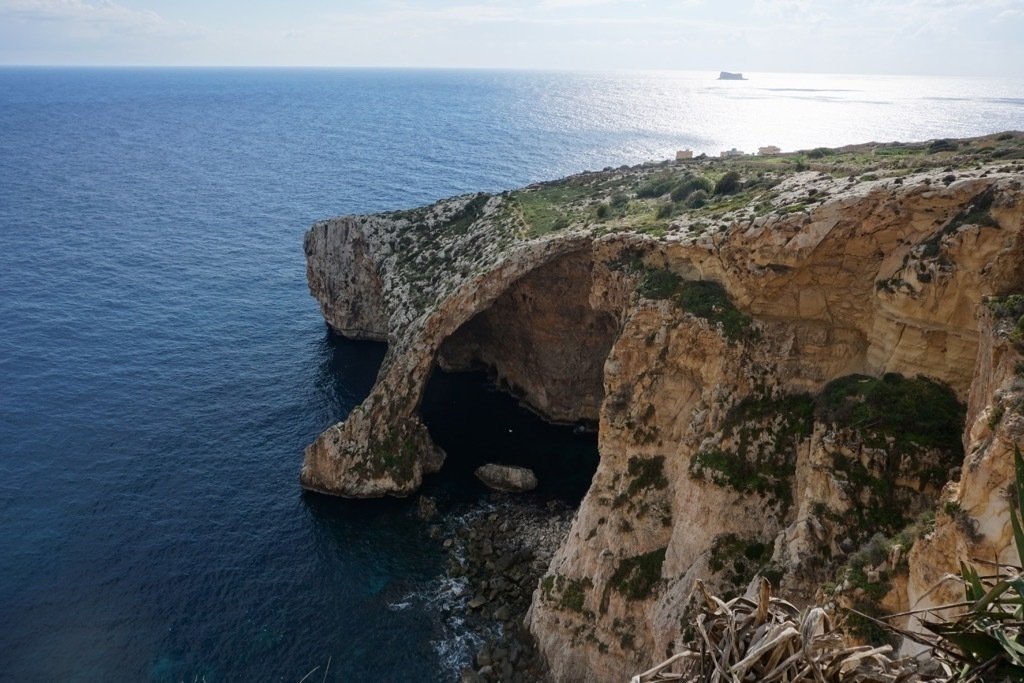
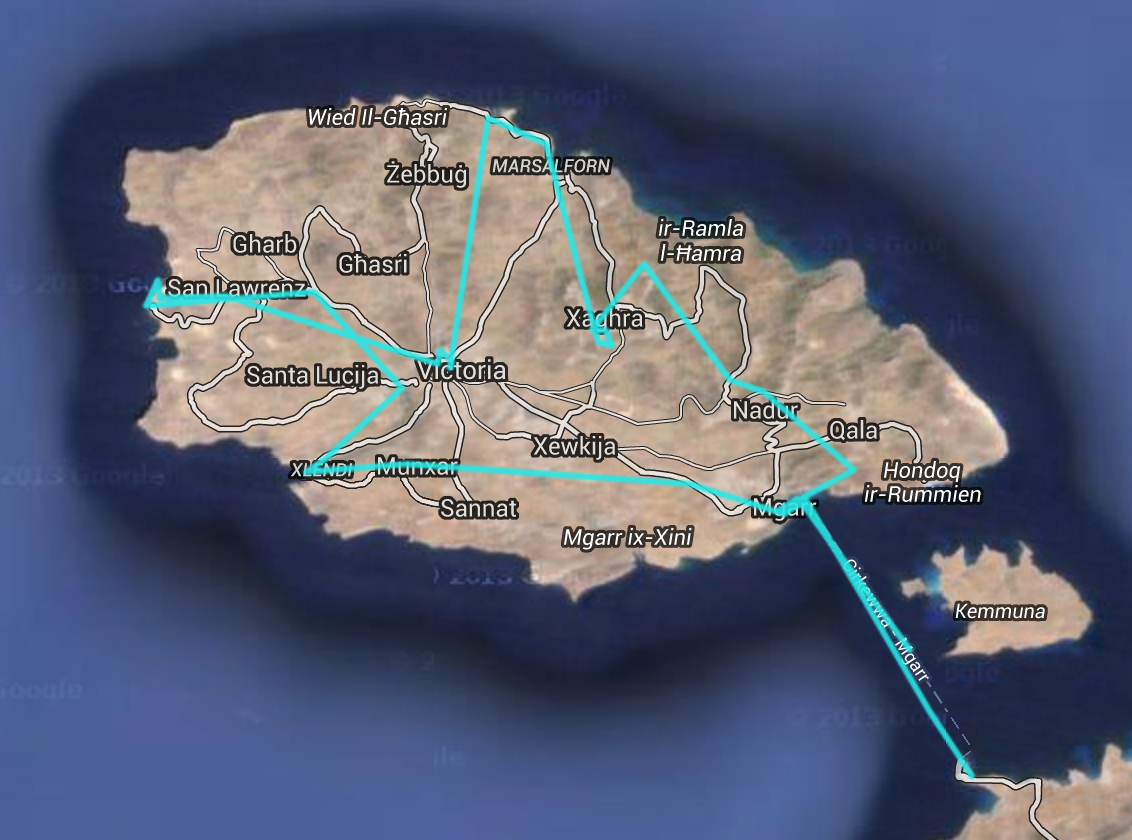
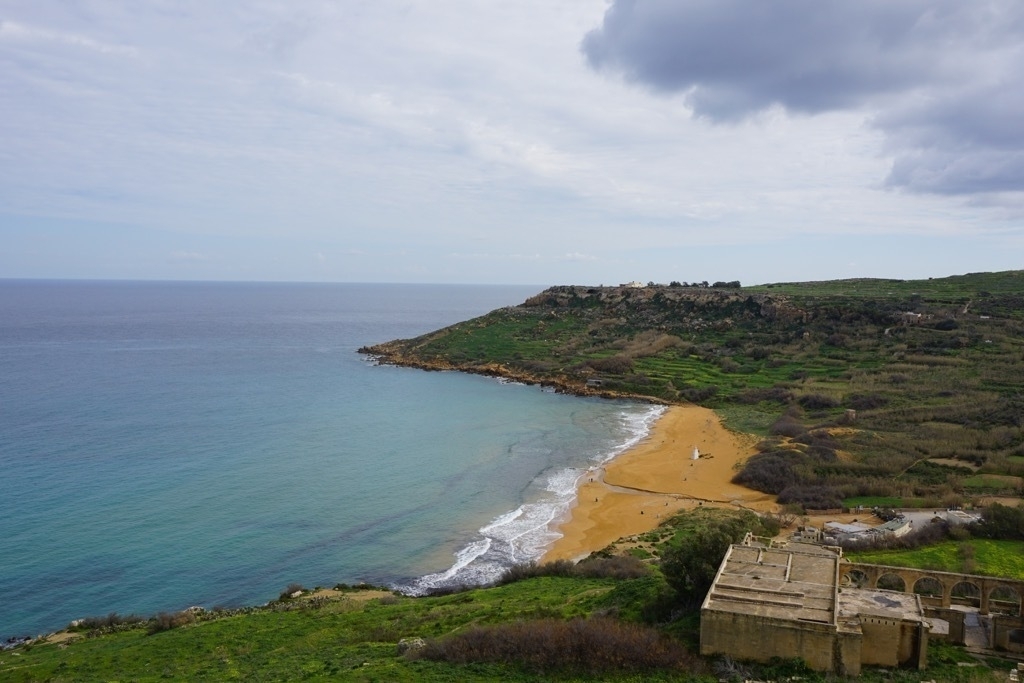
](https://cdn.uploads.micro.blog/5380/2022/946e6145fa.jpg)
